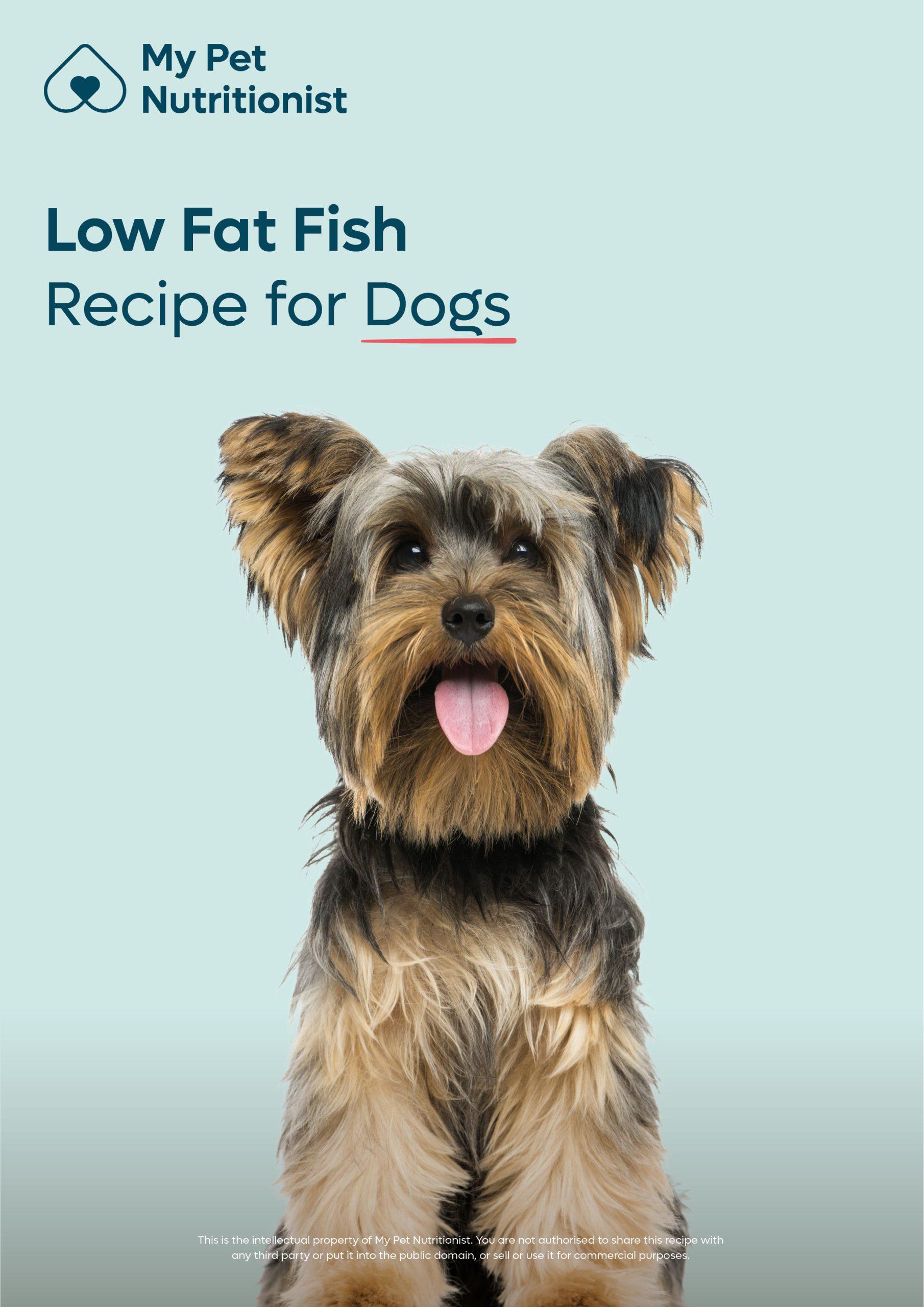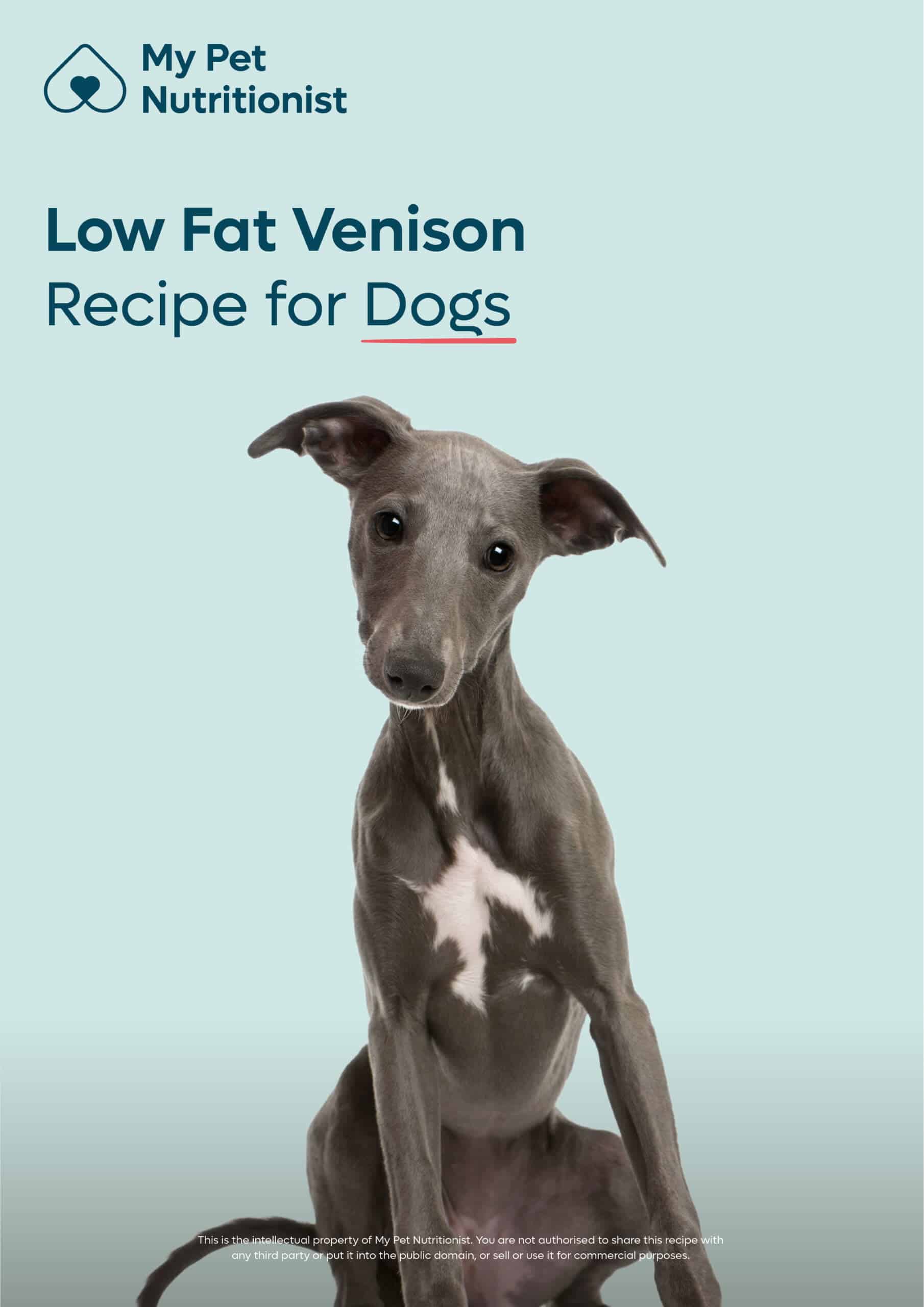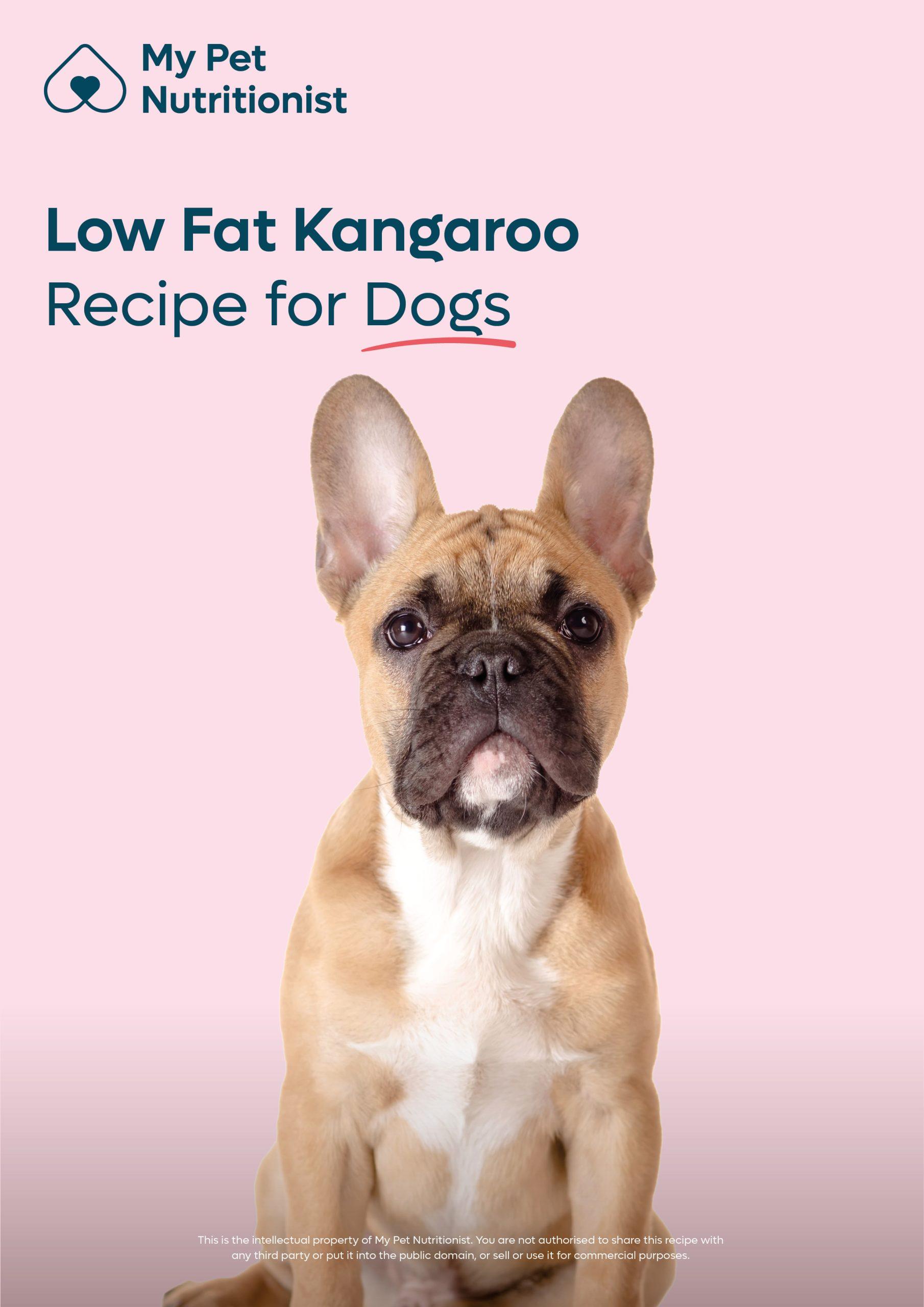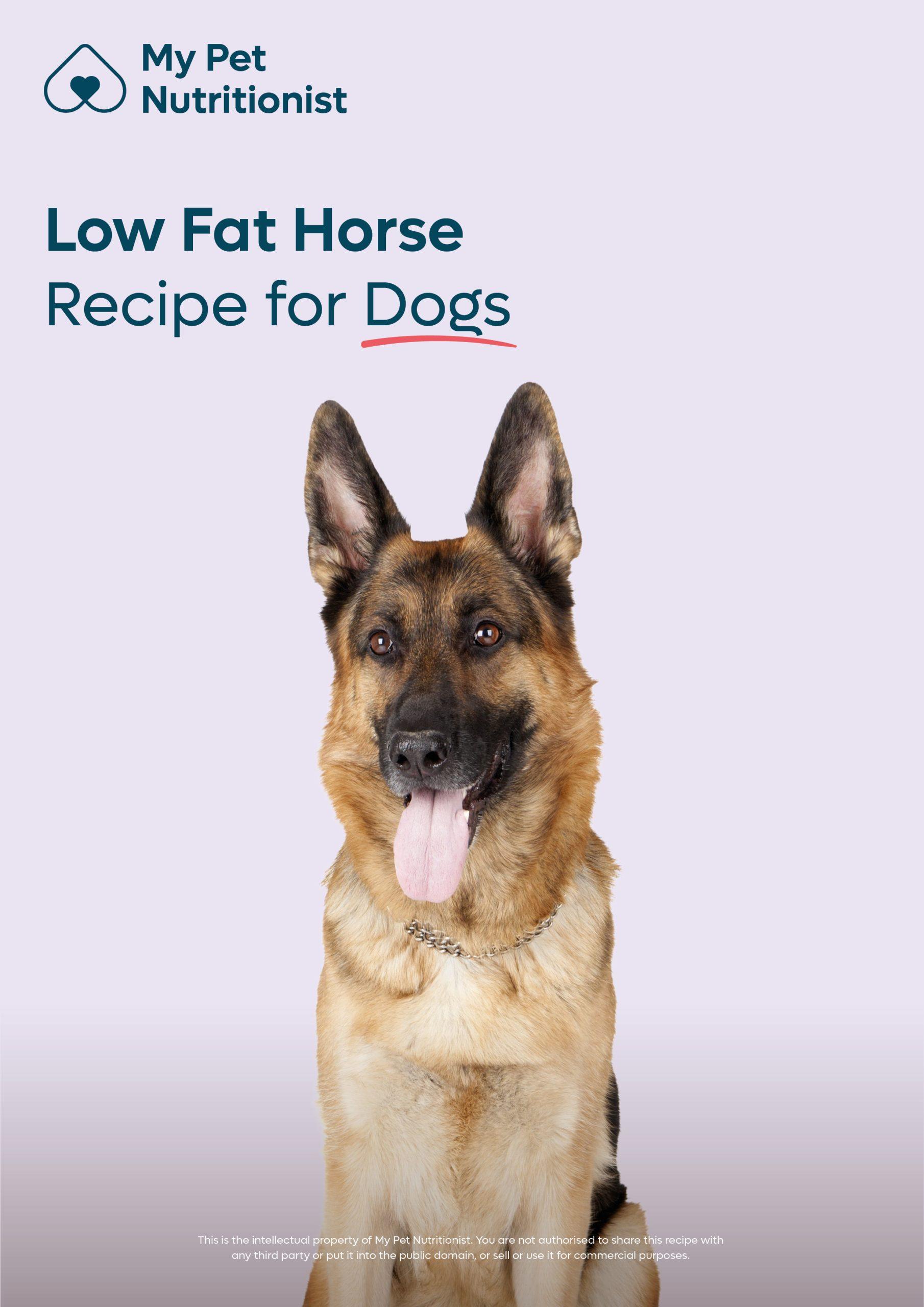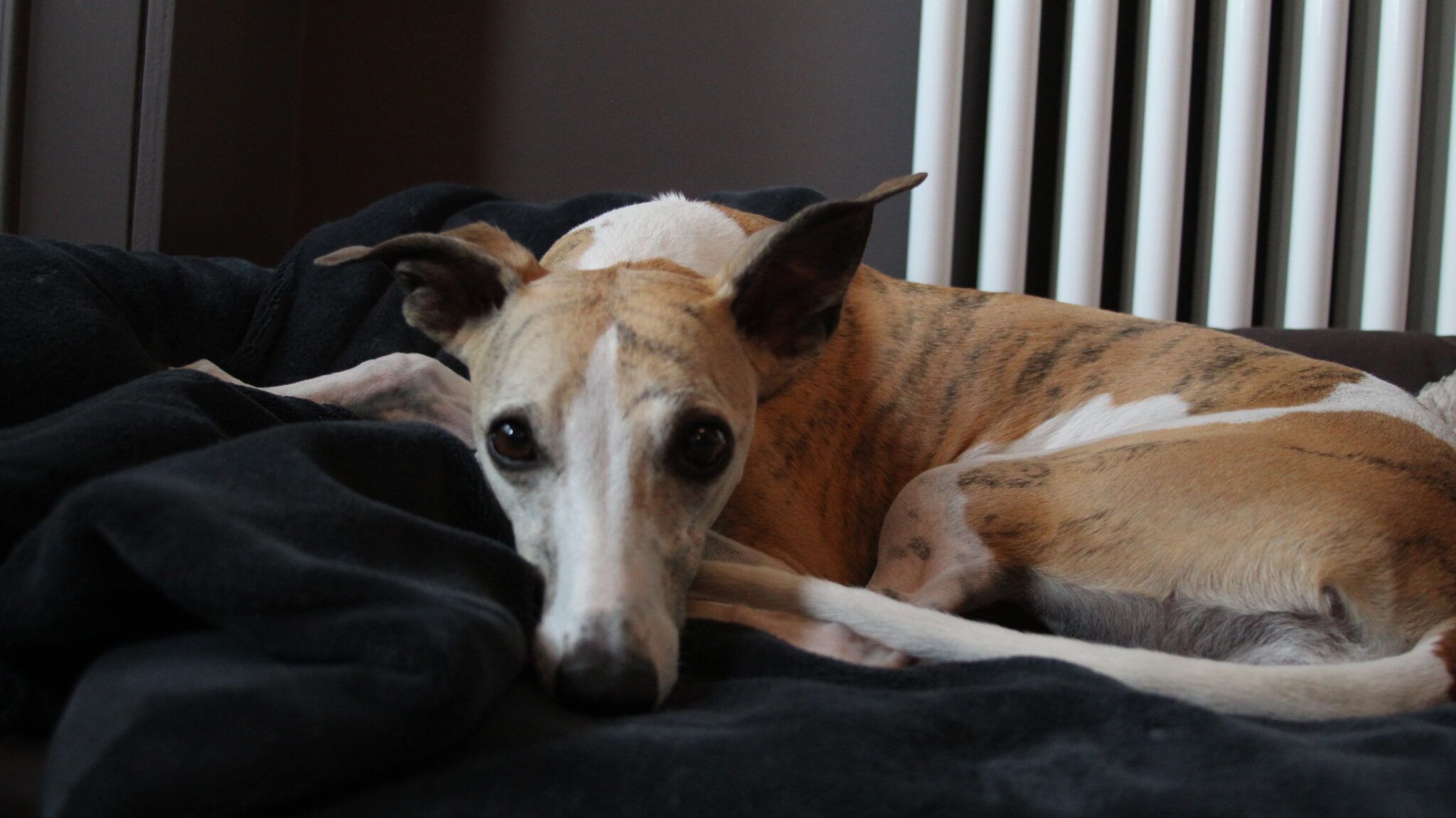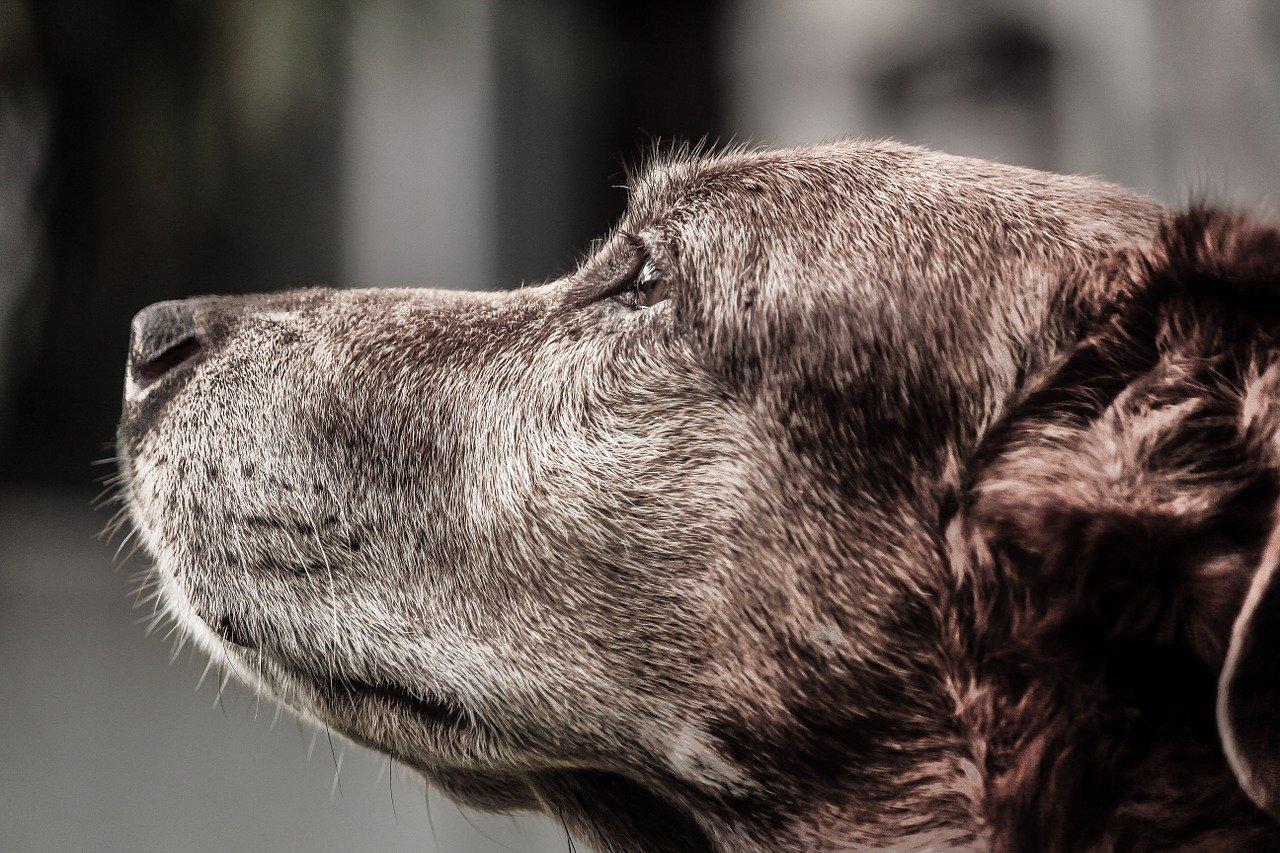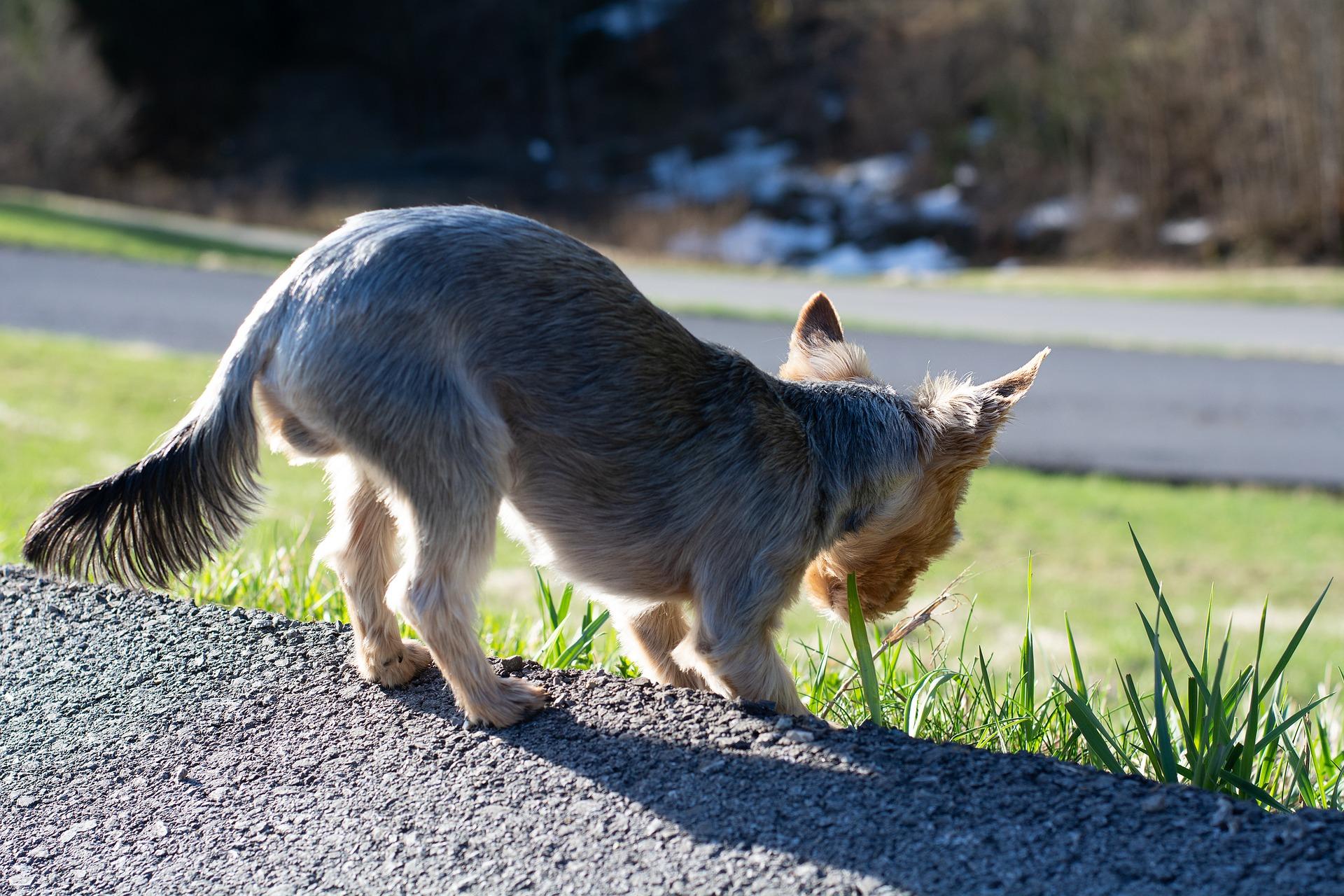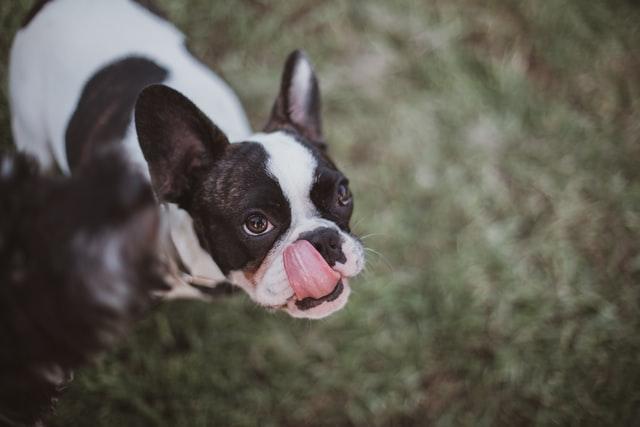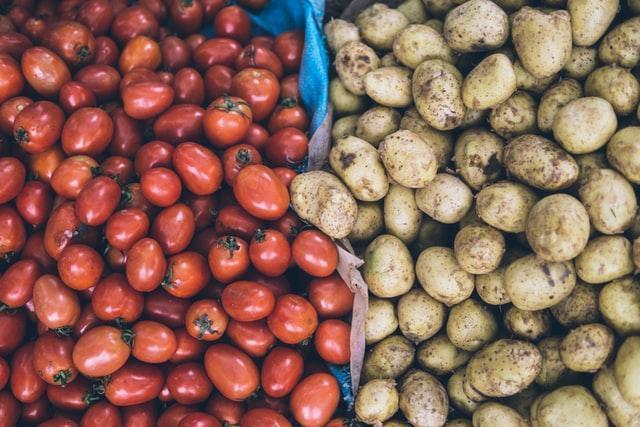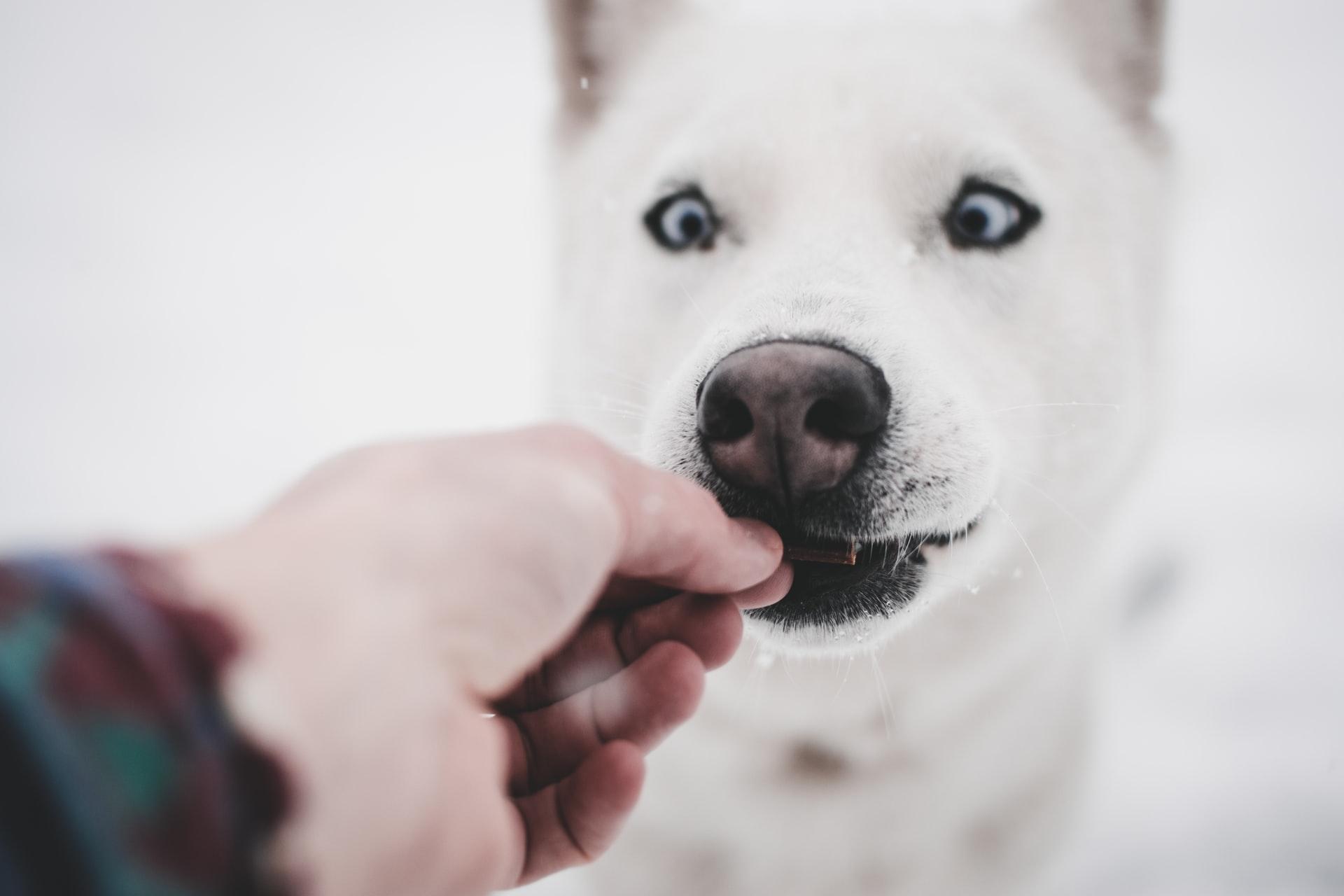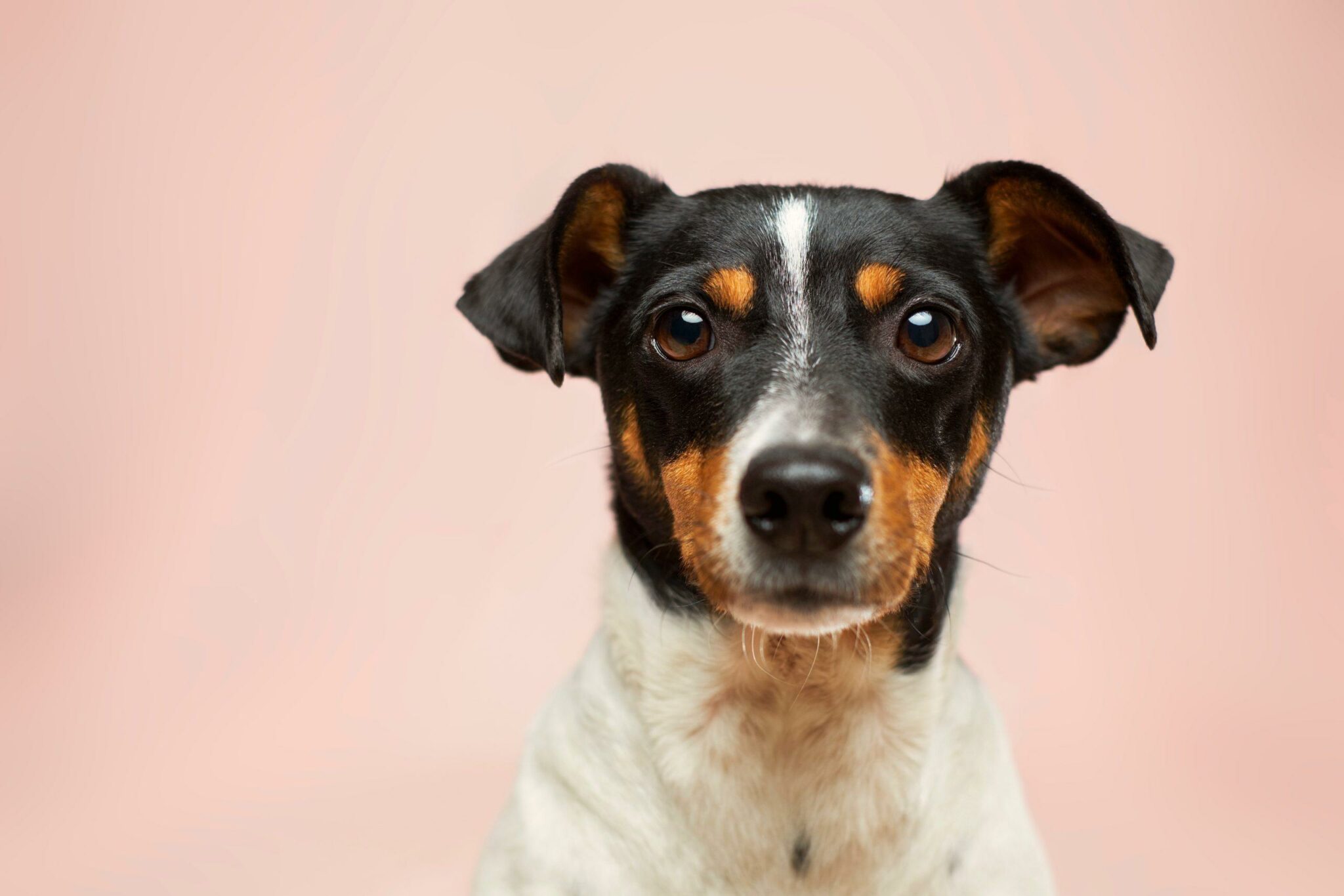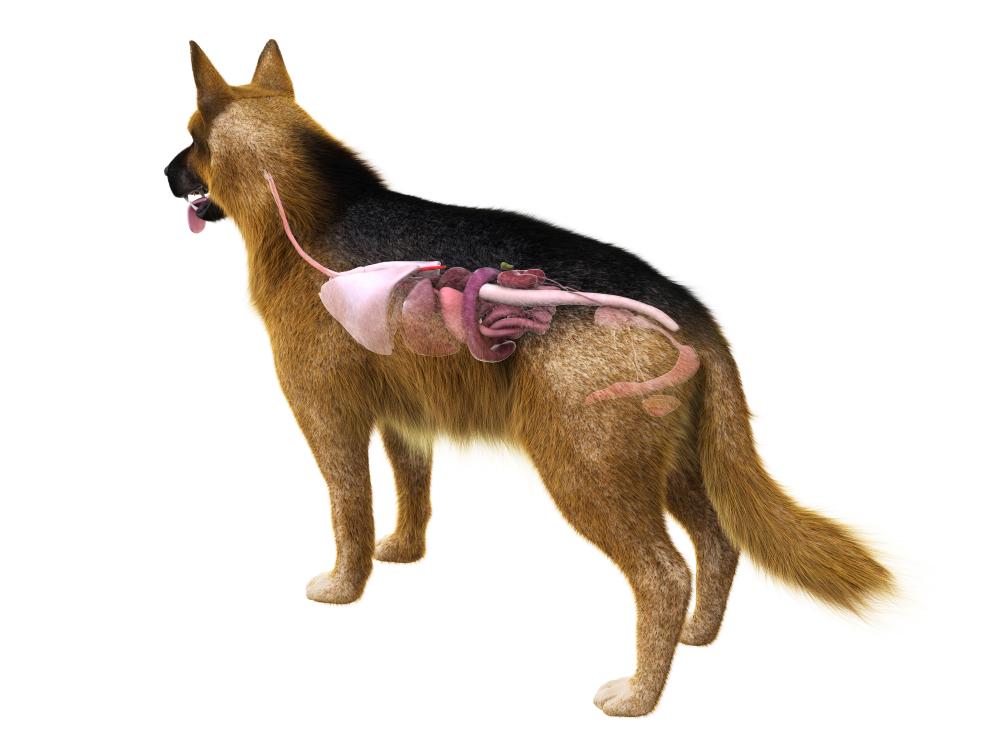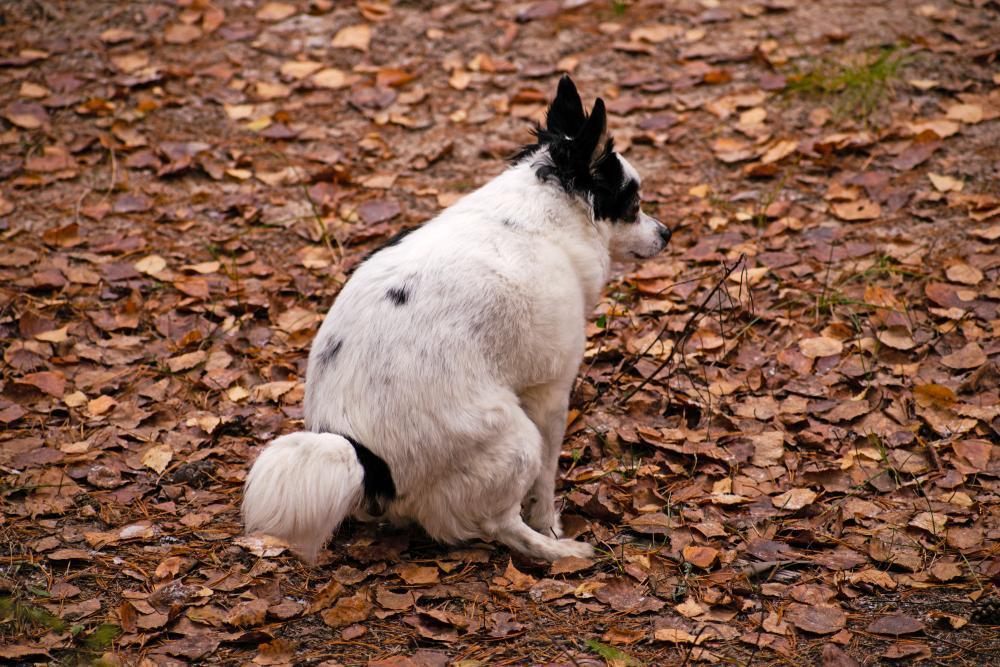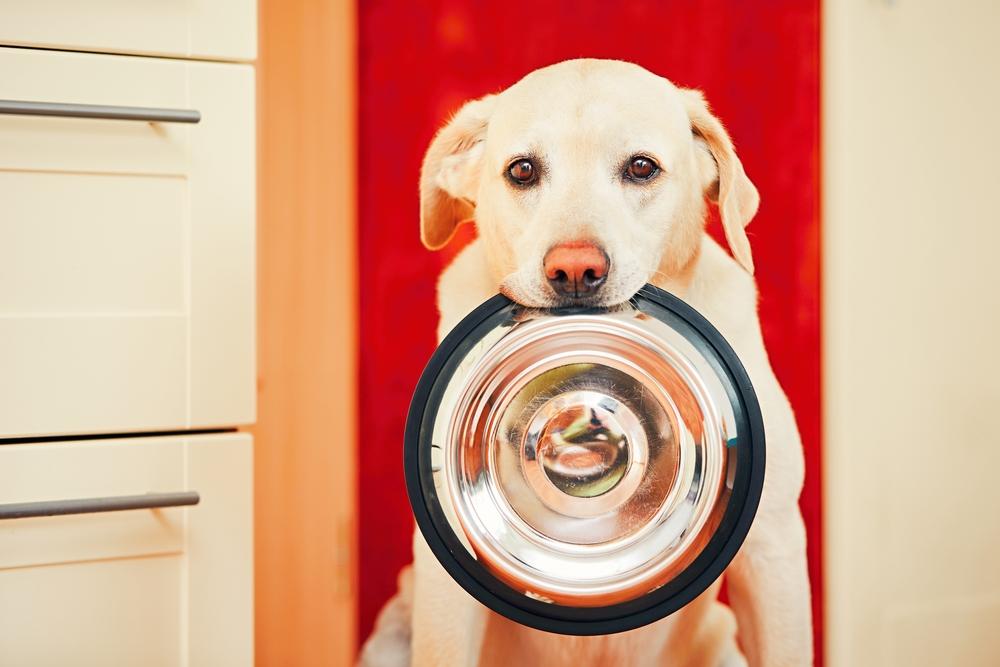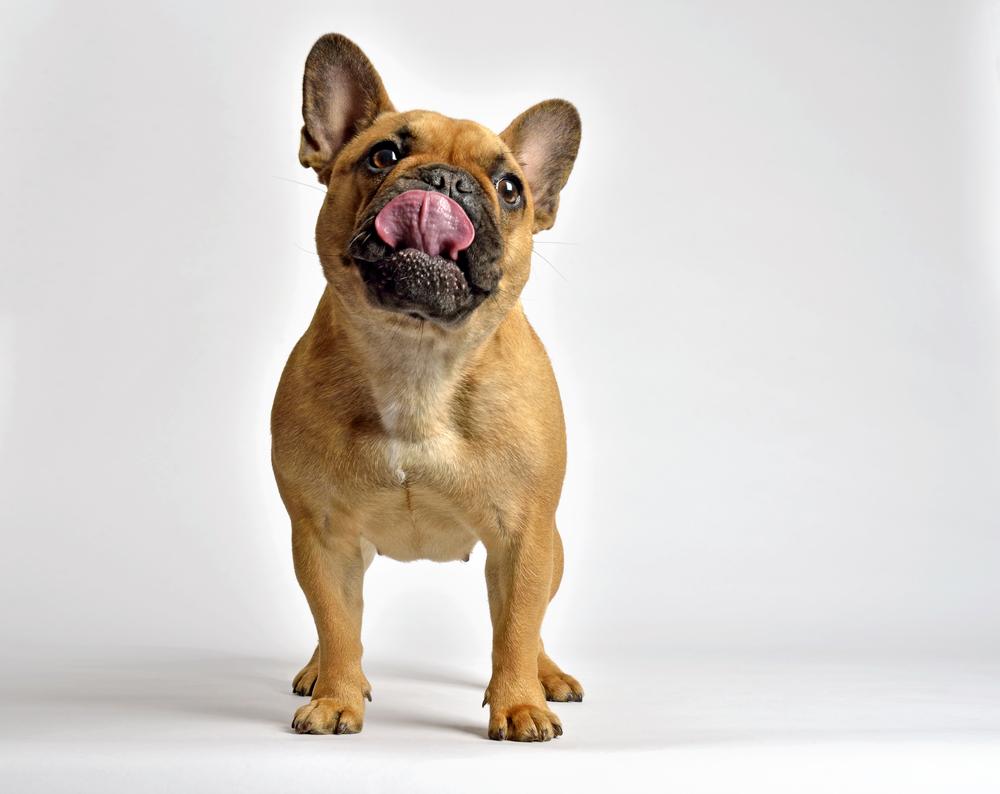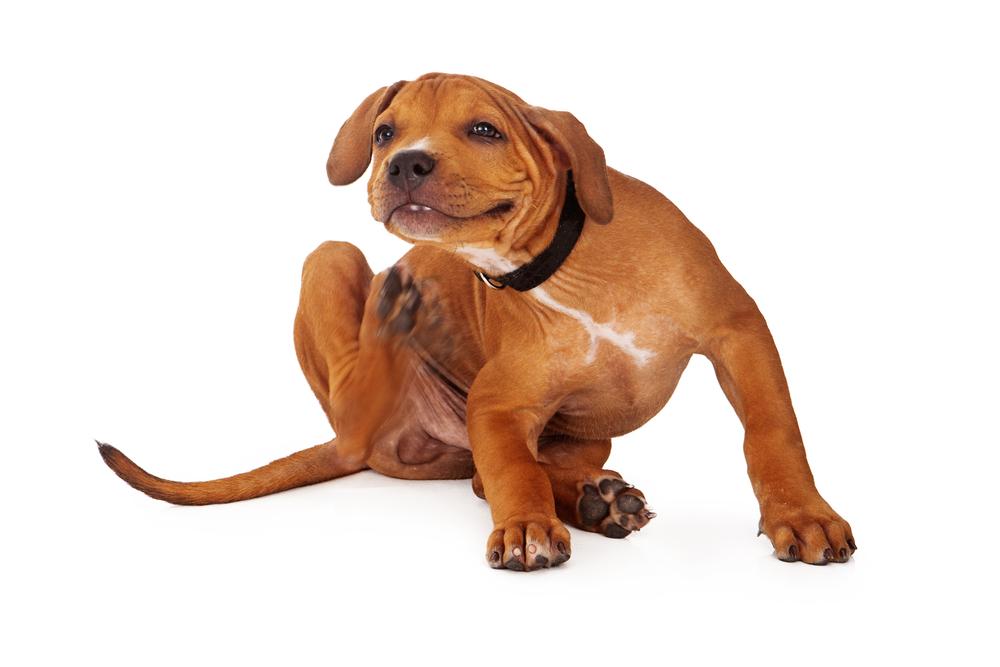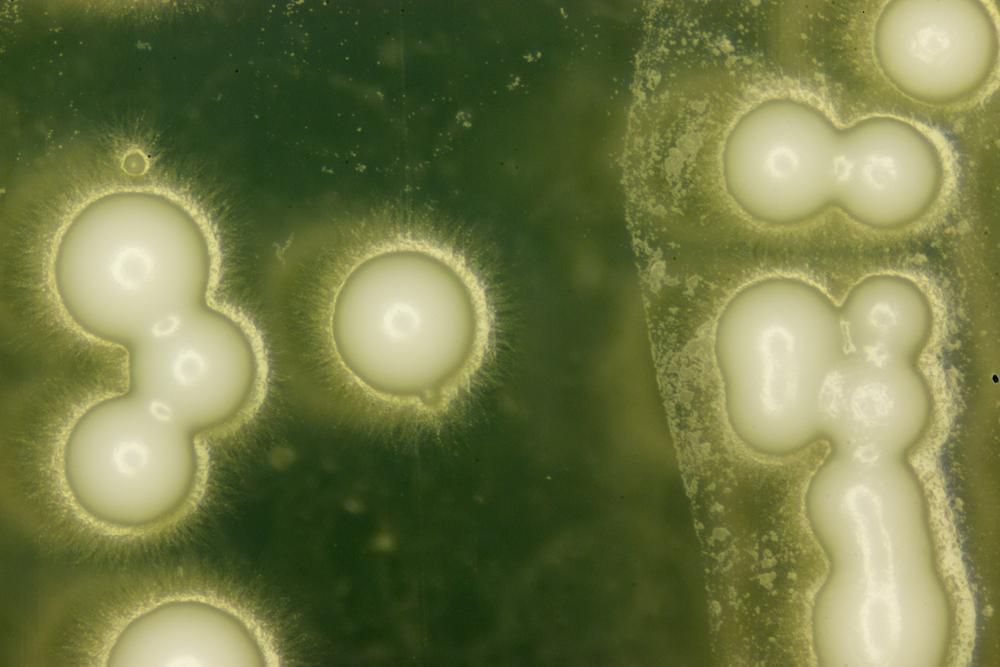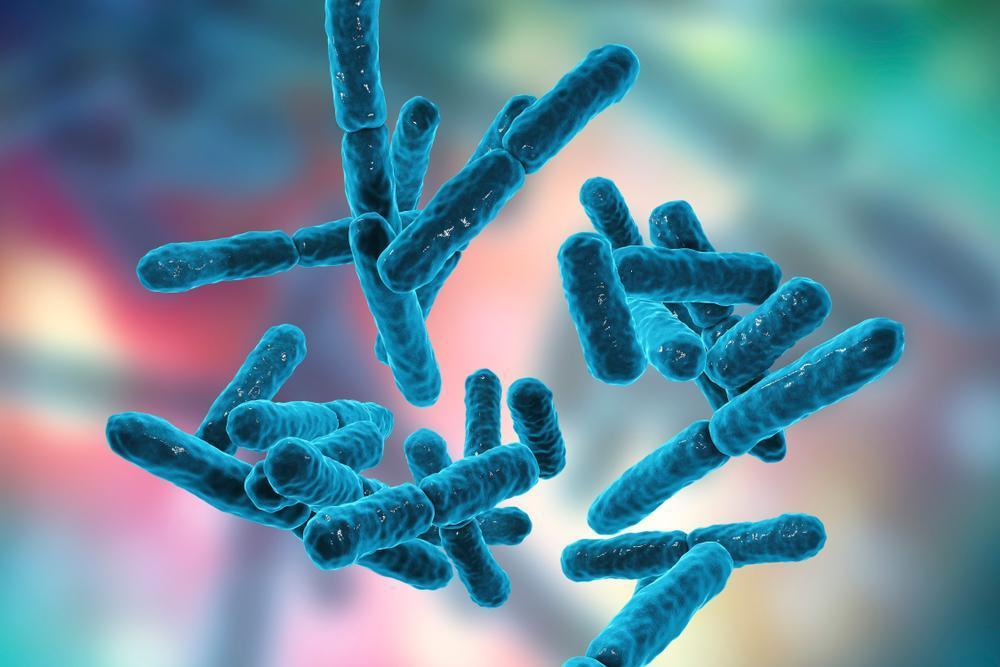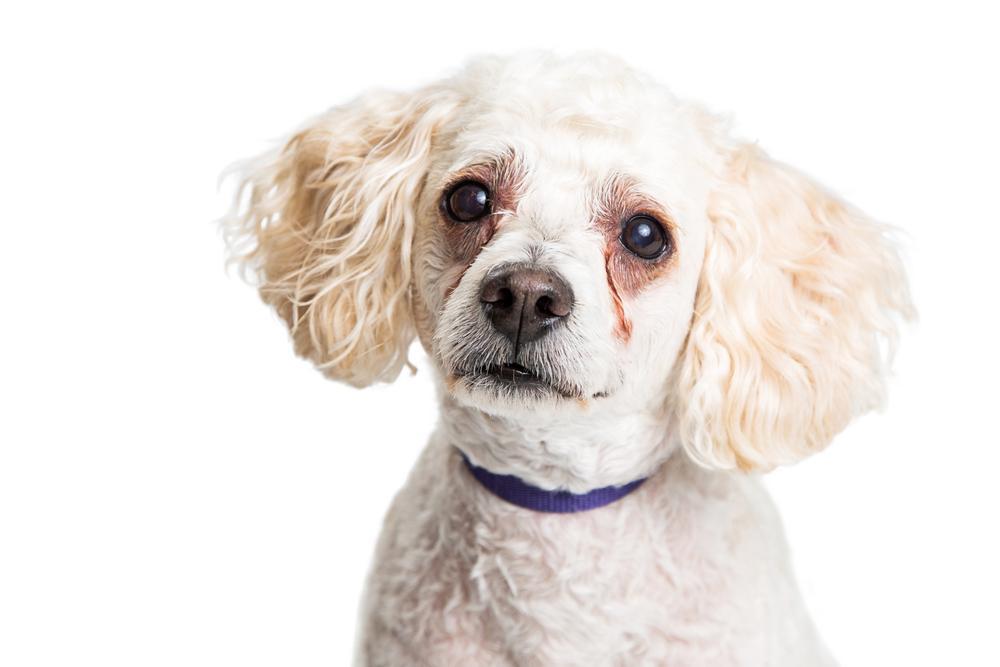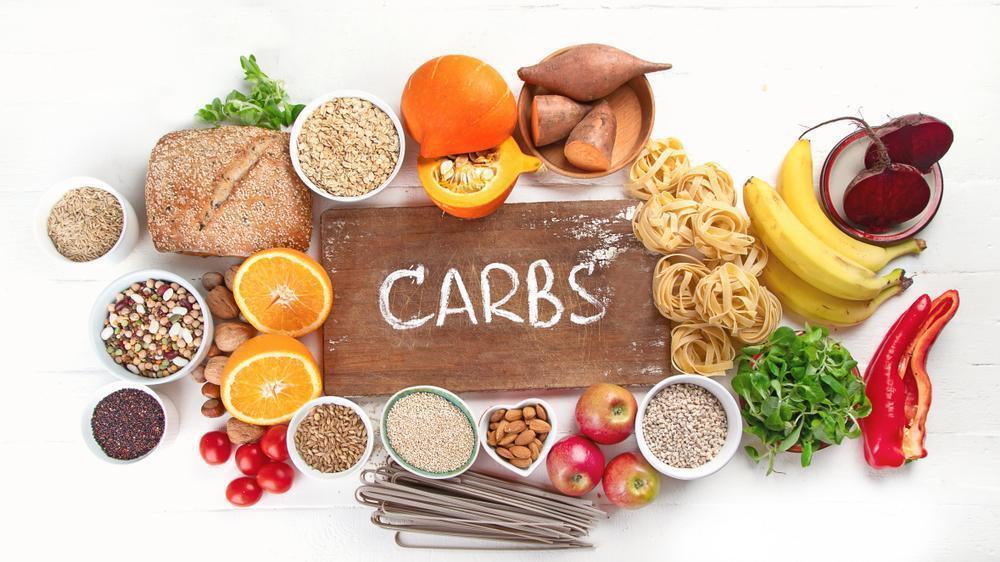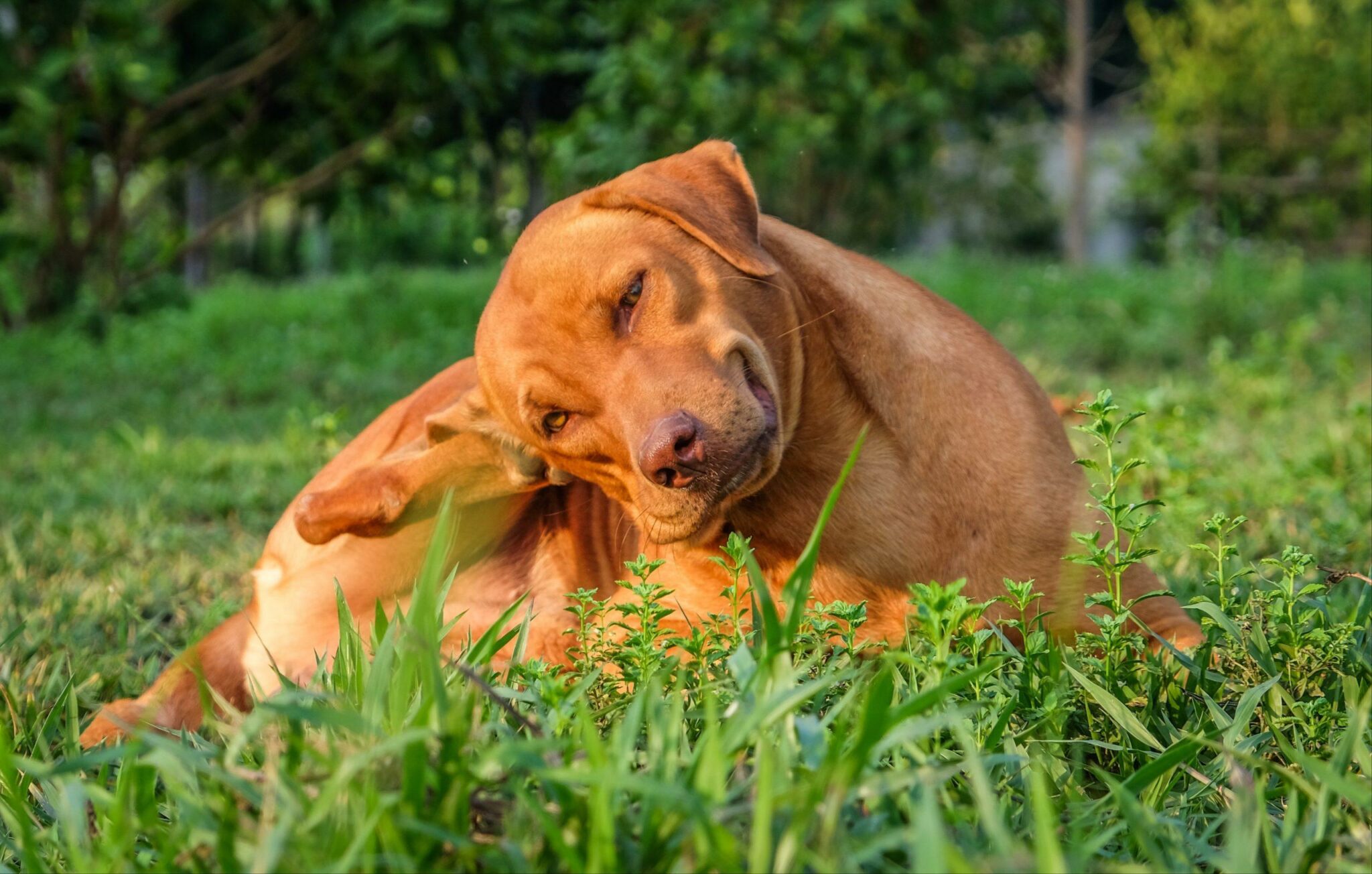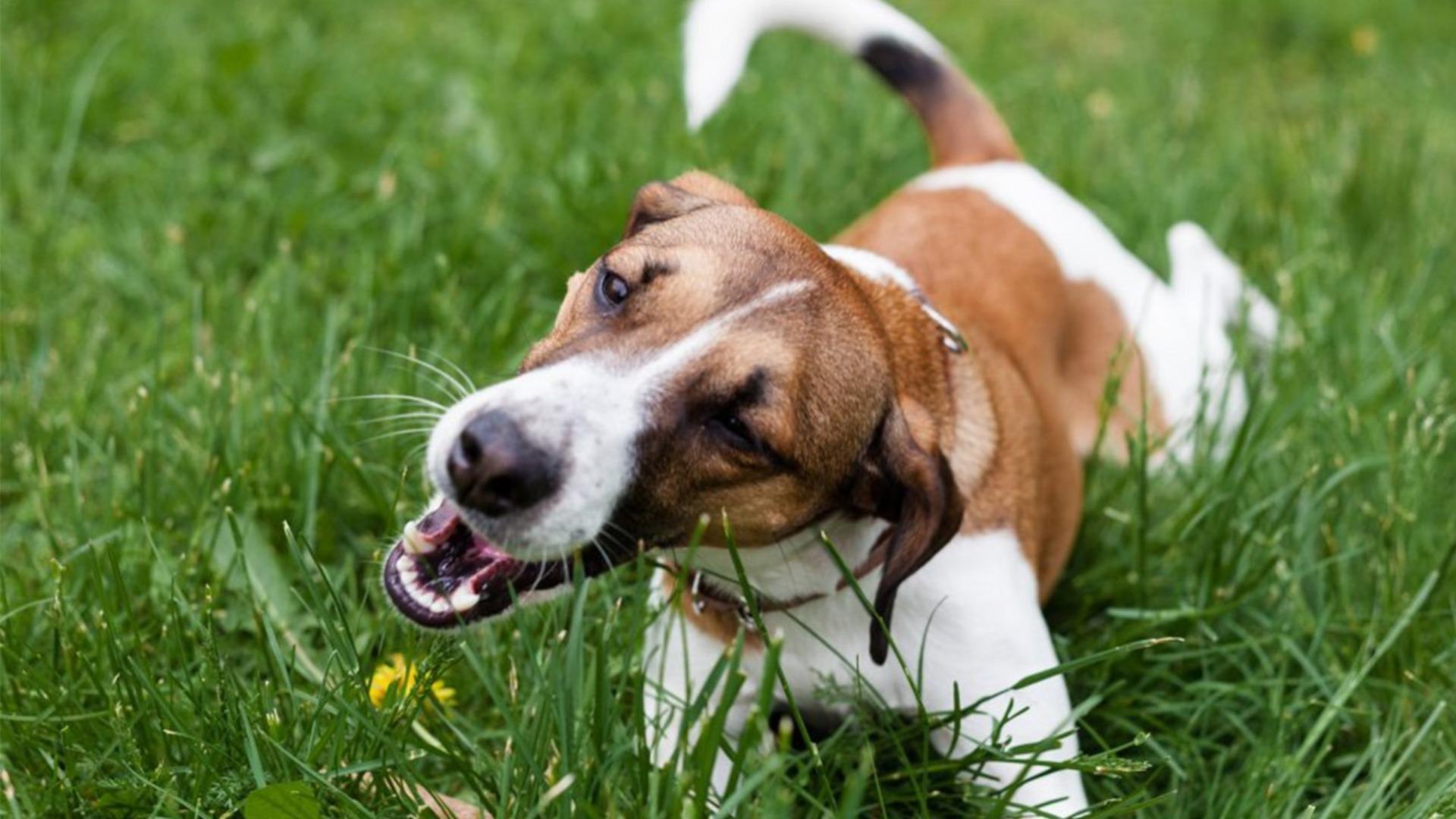
What Can Go Wrong with My Dog’s Gallbladder?
- July 21, 2021
- 5 min read
A question that often pops up here at My Pet Nutritionist so we thought we’d do a whistle stop tour on the gallbladder and some of the more common issues that can arise when it’s not functioning as it should.
Let’s get cracking.
The gallbladder is a pear-shaped organ that sits just under the liver. Its function is to store and concentrate bile, a yellow-brown digestive juice produced by the liver. It is part of the biliary tract.
When food enters the small intestine, a hormone known as cholecystokinin is released, this tells the gallbladder to contract and secrete bile into the small intestine, through the common bile duct.
There are two important functions of bile:
Sadly, the build up of these very compounds can lead to a number of problems in the gallbladder, they are known as canine gallbladder diseases and include:
Biliary Sludge
Gallbladder sludge is a collection of cholesterol, calcium, bilirubin, and other compounds that build up in the gallbladder. It is more technically known as biliary sludge. It is not technically a condition on its own, but it’s presence can lead to further issues.
Gallbladder sludge has been associated with:
Findings Here
If the initial cause of gallbladder sludge is rectified, then it often resolves on its own. However, if the factors remain, gallbladder sludge can lead to gallstones.
Gallstones
Gallstones are not surprisingly, small stones that form in the gallbladder. It’s when there is an imbalance in the usual liquid composition of bile inside. Because inadequate emptying or infrequent gallbladder movement are usual factors that increase the likelihood of gallstones forming, it’s easy to see how biliary sludge can lead to gallstones.
Risk Factors for gallstones;
Gallbladder mucoceles (GBM)
A gallbladder mucocele is an abnormal accumulation of bile laden mucoid material within the gallbladder, resulting in bile duct obstruction.
Mucins, which play a major role in the development of gallbladder mucoceles, are a family of polysaccharides secreted by mucosal epithelial cells of the gallbladder, stomach, intestines and other organs. Mucins act as surfactants and play a mucoprotective role by preventing self-digestion of mucosal epithelium by digestive juices. A gallbladder mucocele is characterized by the excessive secretion of mucin from gallbladder epithelium.
Dogs who have suffered with GBM have ranged in age from 3-14 years old, but middle to older aged dogs are thought to be at a higher risk. A genetic mutation has also been found on the ABCB4 (MDR3) phospholipase flippase transported in Shetland Sheepdogs and others. There is an increased incidence in these dogs along with Miniature Schnauzers and Cocker Spaniels.
Findings Here
Signs and Symptoms of GBM:
Dogs with GBM:
Findings Here
There is also consideration given to hydration state; studies have indicated an underlying defect in electrolyte, acid-base or fluid transport.
Findings Here
Finally, the formation of gallbladder mucoceles has been associated with certain medication use:
Supporting Healthy Gallbladder Function
Obesity in Pets – Part Two
The Dog’s Digestive System
Optimal Gut Health
Pancreatitis: Natural Guide for Pets
Dietary Patterns
Studies have indicated that the consumption of sugar, refined grains, processed meats and low-fat food products are associated with increased risk of gallstone disease.
Likewise, the intake of nuts, fruits, vegetables and omega-3 PUFAs is associated with reduced gallstone disease.
Supportive nutrients in terms of gallbladder health include fibre, magnesium, and vitamin C.
Findings Here
Why Is Magnesium So Important to Your Pet
Why Fibre is Good For Your Dog
Why Chia Is So Good For Your Dog
Issues with the gallbladder are sadly not that simple, there are several factors to consider. If you are concerned about your dog’s gallbladder or liver function, then please check out our services to see if we can help.
Thanks for reading,
Team MPN x
Let’s get cracking.
The gallbladder is a pear-shaped organ that sits just under the liver. Its function is to store and concentrate bile, a yellow-brown digestive juice produced by the liver. It is part of the biliary tract.
When food enters the small intestine, a hormone known as cholecystokinin is released, this tells the gallbladder to contract and secrete bile into the small intestine, through the common bile duct.
There are two important functions of bile:
- Bile contains bile acids, which are critical for digestion and absorption of fats and fat-soluble vitamins in the small intestine.
- Many waste products, including bilirubin, are eliminated from the body by secretion into bile and elimination in faeces.
Sadly, the build up of these very compounds can lead to a number of problems in the gallbladder, they are known as canine gallbladder diseases and include:
- Biliary Sludge
- Gallbladder mucoceles
- Gallstones
Gut Guardian
Biliary Sludge
Gallbladder sludge is a collection of cholesterol, calcium, bilirubin, and other compounds that build up in the gallbladder. It is more technically known as biliary sludge. It is not technically a condition on its own, but it’s presence can lead to further issues.Gallbladder sludge has been associated with:
- Obesity
- Rapid weight loss
- Cholecystitis – the swelling and inflammation of the gallbladder. It can result in bile trapped in the gallbladder, causing pain, vomiting, and bloating
- Blocked biliary ducts – these allow the gallbladder to drain – if sludge can’t escape, it accumulates
Findings Here
If the initial cause of gallbladder sludge is rectified, then it often resolves on its own. However, if the factors remain, gallbladder sludge can lead to gallstones.
Gallstones
Gallstones are not surprisingly, small stones that form in the gallbladder. It’s when there is an imbalance in the usual liquid composition of bile inside. Because inadequate emptying or infrequent gallbladder movement are usual factors that increase the likelihood of gallstones forming, it’s easy to see how biliary sludge can lead to gallstones.Risk Factors for gallstones;
- Obesity,
- Older age,
- Disorders of the digestive system,
- Rapid weight loss,
- Vomiting
- Jaundice
- Loss of appetite
- Abdominal pain
- Fever
- Discomfort after eating
Gallbladder mucoceles (GBM)
A gallbladder mucocele is an abnormal accumulation of bile laden mucoid material within the gallbladder, resulting in bile duct obstruction.Mucins, which play a major role in the development of gallbladder mucoceles, are a family of polysaccharides secreted by mucosal epithelial cells of the gallbladder, stomach, intestines and other organs. Mucins act as surfactants and play a mucoprotective role by preventing self-digestion of mucosal epithelium by digestive juices. A gallbladder mucocele is characterized by the excessive secretion of mucin from gallbladder epithelium.
Dogs who have suffered with GBM have ranged in age from 3-14 years old, but middle to older aged dogs are thought to be at a higher risk. A genetic mutation has also been found on the ABCB4 (MDR3) phospholipase flippase transported in Shetland Sheepdogs and others. There is an increased incidence in these dogs along with Miniature Schnauzers and Cocker Spaniels.
Findings Here
Signs and Symptoms of GBM:
- Loss of appetite
- Lethargy
- Vomiting
- Diarrhoea
- Jaundice
- Abdominal pain or discomfort
Dogs with GBM:
- are characterized by significantly diminished antioxidant capacity
- demonstrate altered energy metabolism
- have abnormal lipid metabolism
- demonstrate presence of xenobiotics compared to controls
Findings Here
There is also consideration given to hydration state; studies have indicated an underlying defect in electrolyte, acid-base or fluid transport.
Findings Here
Finally, the formation of gallbladder mucoceles has been associated with certain medication use:
- Dogs with GBM were 2.2 times as likely to have had reported use of thyroxine
- 3.6 times as likely to have had reported treatment for Cushing’s disease
- 2.3 times as likely to have had reported use of products containing imidacloprid (insecticide)
Supporting Healthy Gallbladder Function
- Maintain an ideal body score
Obesity in Pets – Part Two
- Support digestive function
Low Fat Kangaroo
The Dog’s Digestive System
Optimal Gut Health
Pancreatitis: Natural Guide for Pets
- Stay hydrated! Offer filtered water and ditch the dry!
- Offer antioxidant rich foods! Berries and leafy greens are a great place to start!
Dietary Patterns
Studies have indicated that the consumption of sugar, refined grains, processed meats and low-fat food products are associated with increased risk of gallstone disease.Likewise, the intake of nuts, fruits, vegetables and omega-3 PUFAs is associated with reduced gallstone disease.
Supportive nutrients in terms of gallbladder health include fibre, magnesium, and vitamin C.
Findings Here
Why Is Magnesium So Important to Your Pet
Why Fibre is Good For Your Dog
Why Chia Is So Good For Your Dog
Issues with the gallbladder are sadly not that simple, there are several factors to consider. If you are concerned about your dog’s gallbladder or liver function, then please check out our services to see if we can help.
Thanks for reading,
Team MPN x
Customer Reviews
Explore related products
Explore Related Products
Related articles
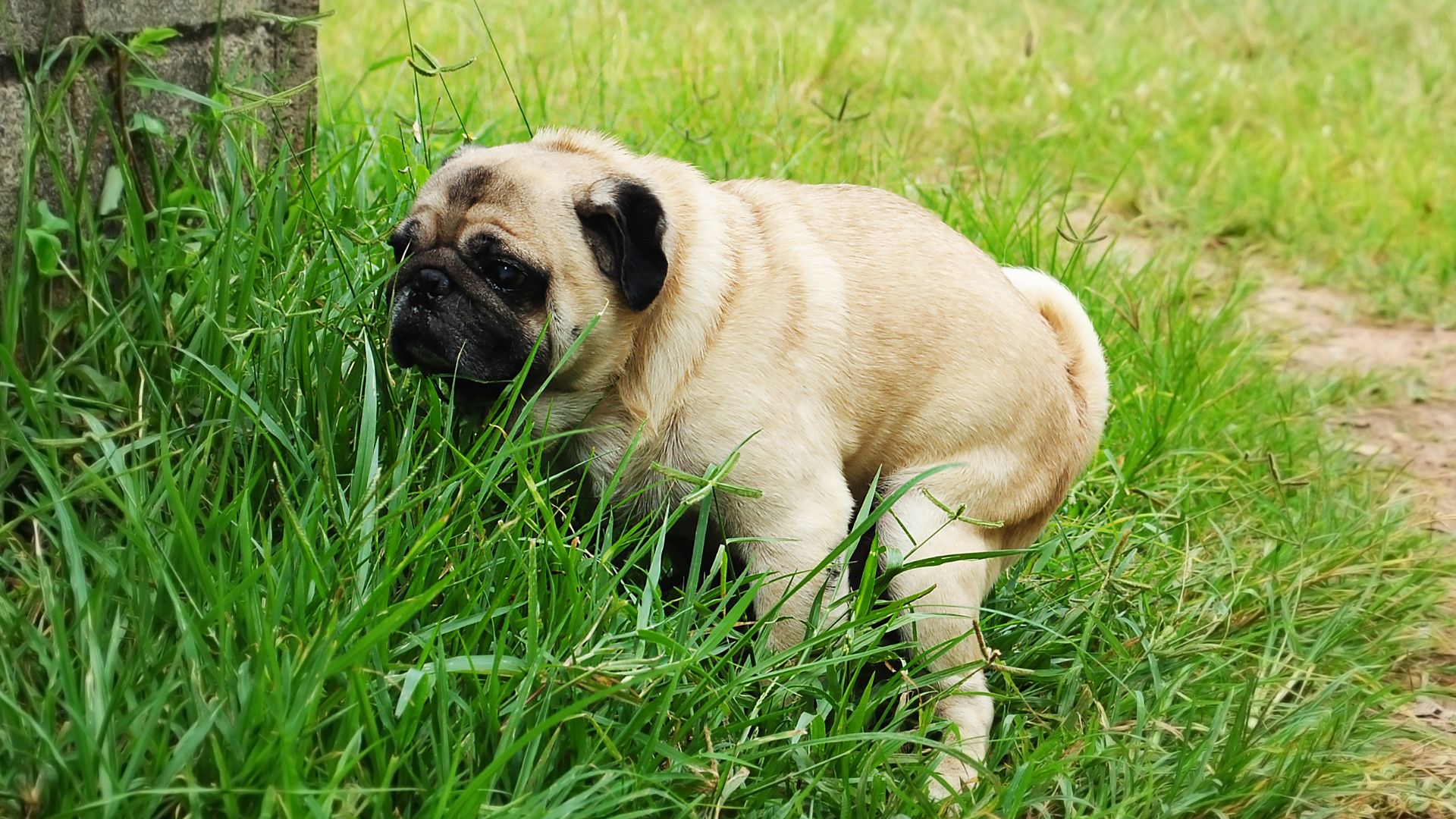
AllergiesGut HealthDigestion
5 Reasons Why Your Dog May Have Diarrhoea
Jun 20 2024
•
5 mins 55 secs

AllergiesGut HealthDigestion
What is Pica, and Does Your Pet Have It?
May 23 2024
•
7 mins 15 secs
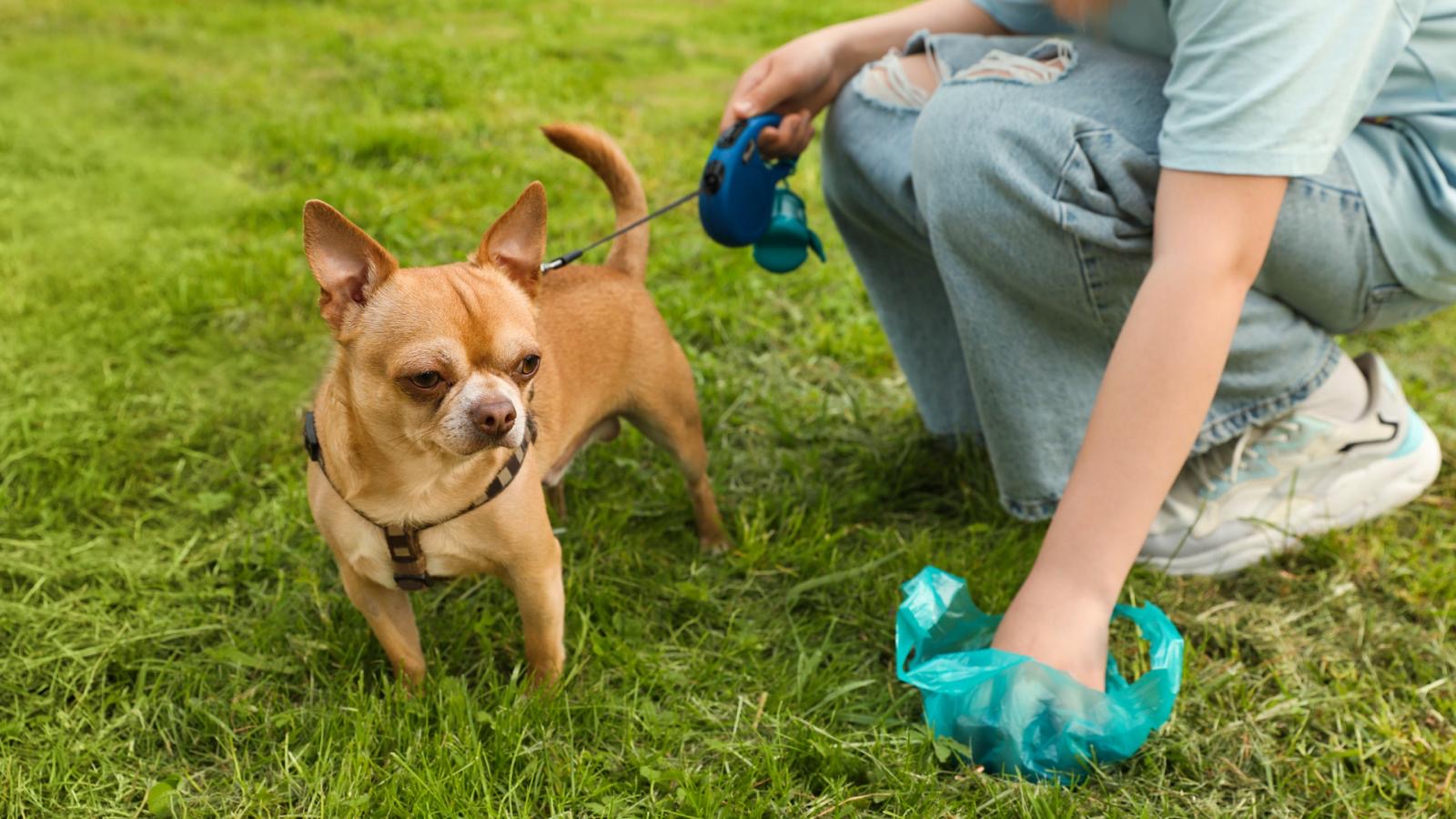
AllergiesGut HealthDigestion
Pooh Guide for Dogs: What’s Good, and What’s Not
May 16 2024
•
9 mins 15 secs

AllergiesGut HealthDigestion
All You Need to Know About Exocrine Pancreatic Insufficiency
Feb 22 2024
•
10 mins 20 secs
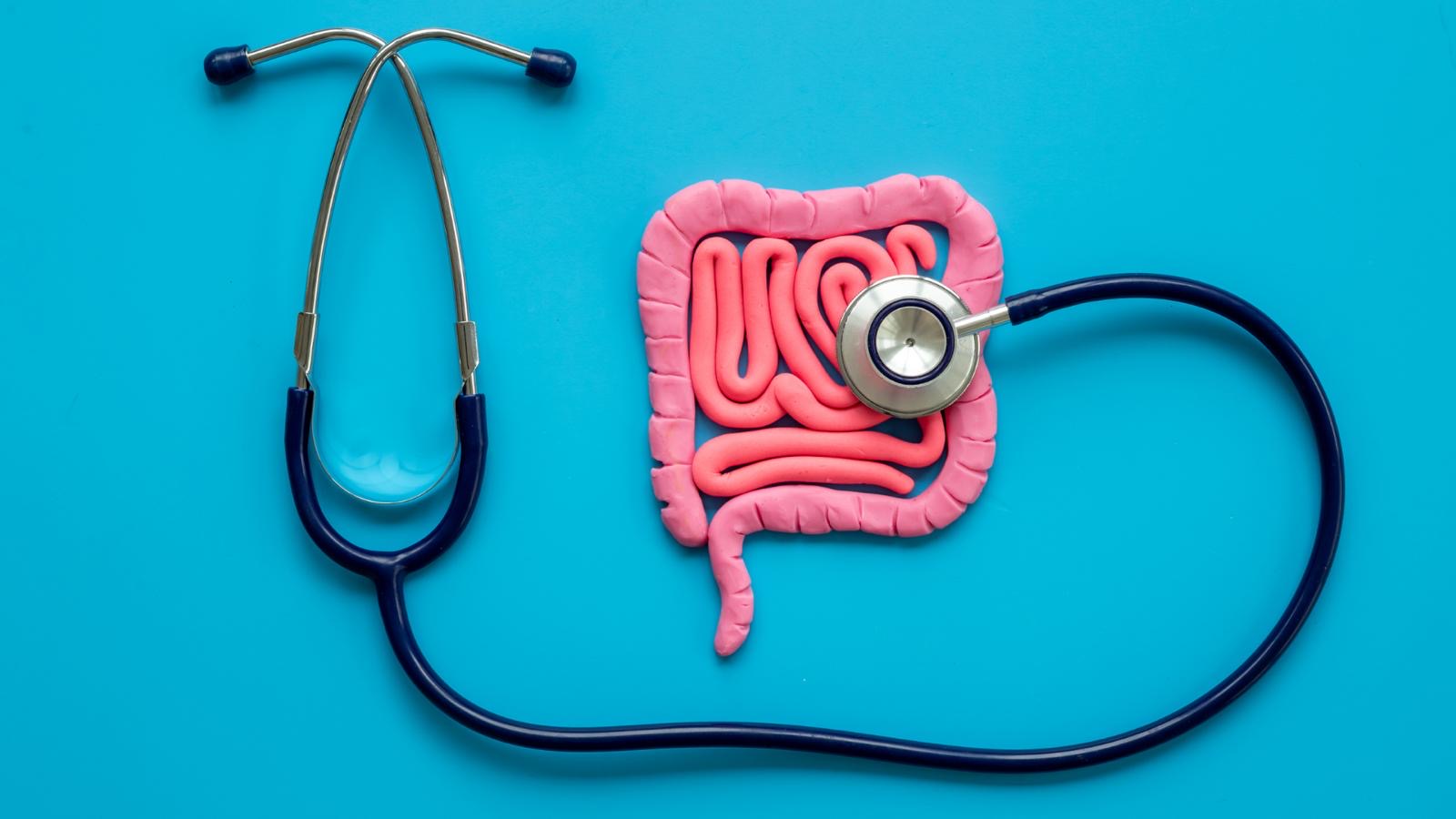
AllergiesGut HealthDigestion
What Causes Malabsorption in Dogs?
Feb 08 2024
•
7 mins 40 secs
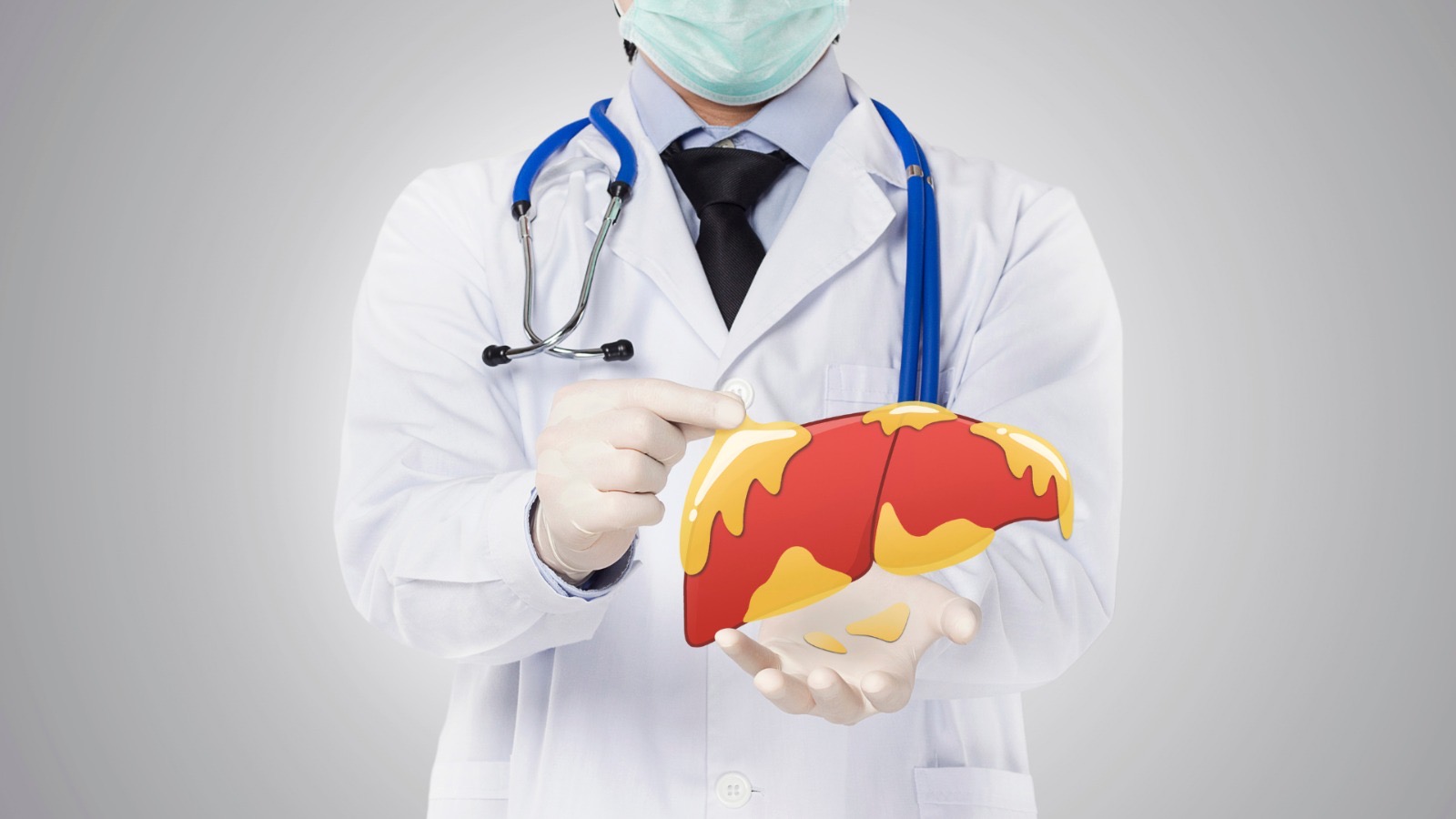
AllergiesGut HealthDigestion
How to Support Liver Disease Naturally
Dec 21 2023
•
8 mins 30 secs
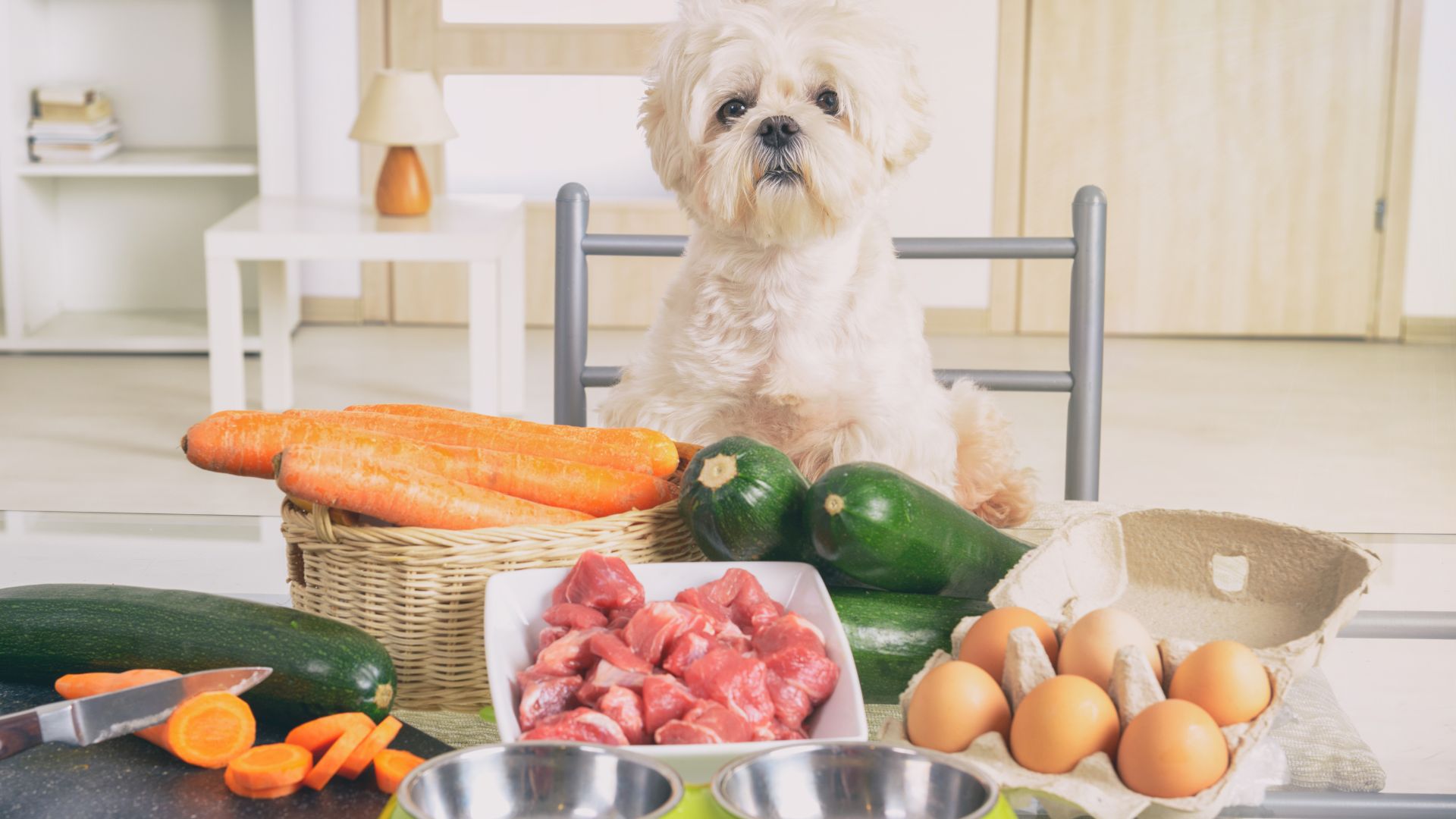
AllergiesGut HealthDigestion
Can Food Sensitivities Cause a Pancreatic Flare?
Oct 20 2023
•
5 mins 40 secs
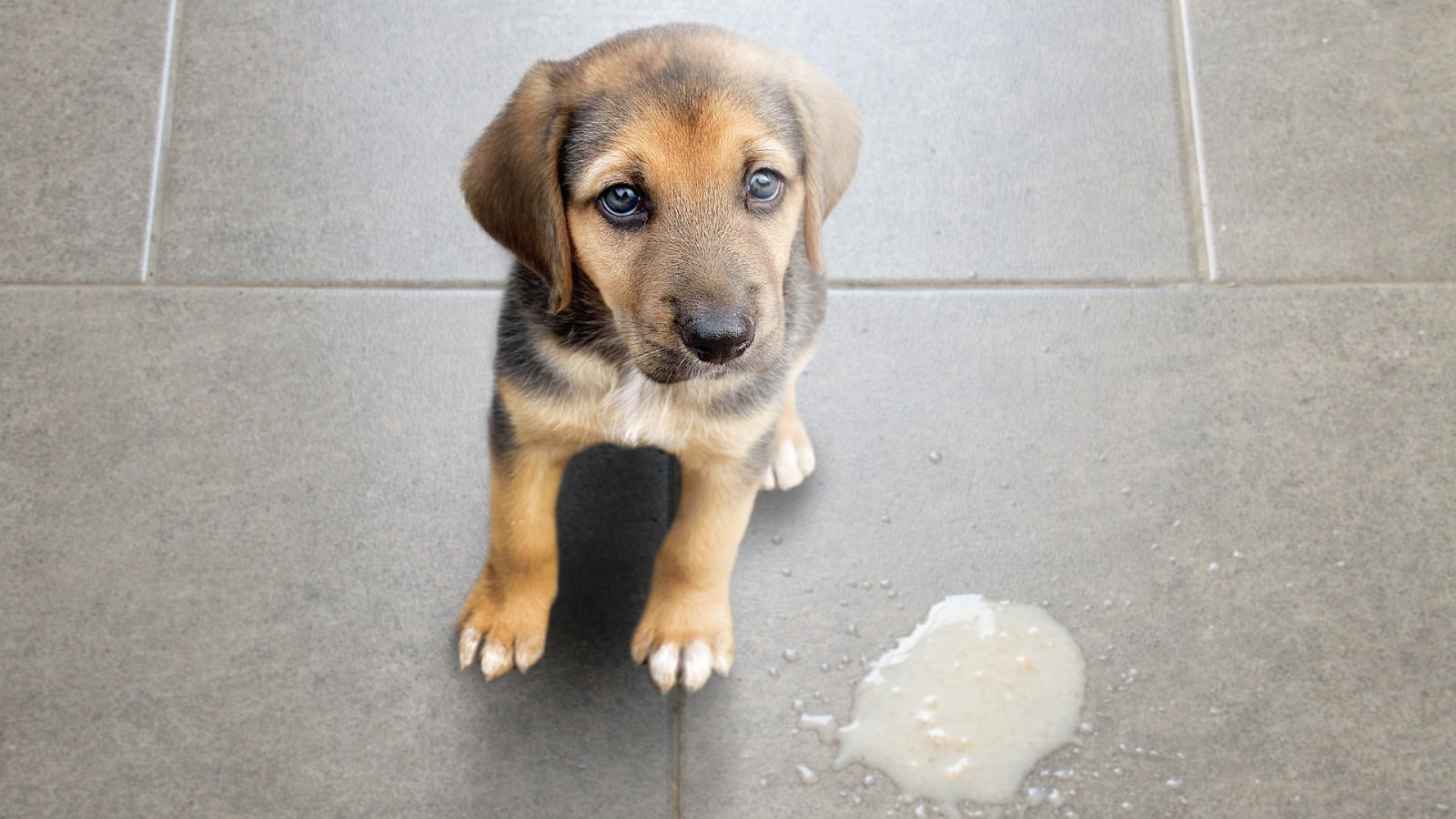
AllergiesGut HealthDigestion
What to Feed a Dog When Regurgitating
Sep 21 2023
•
4 mins 45 secs
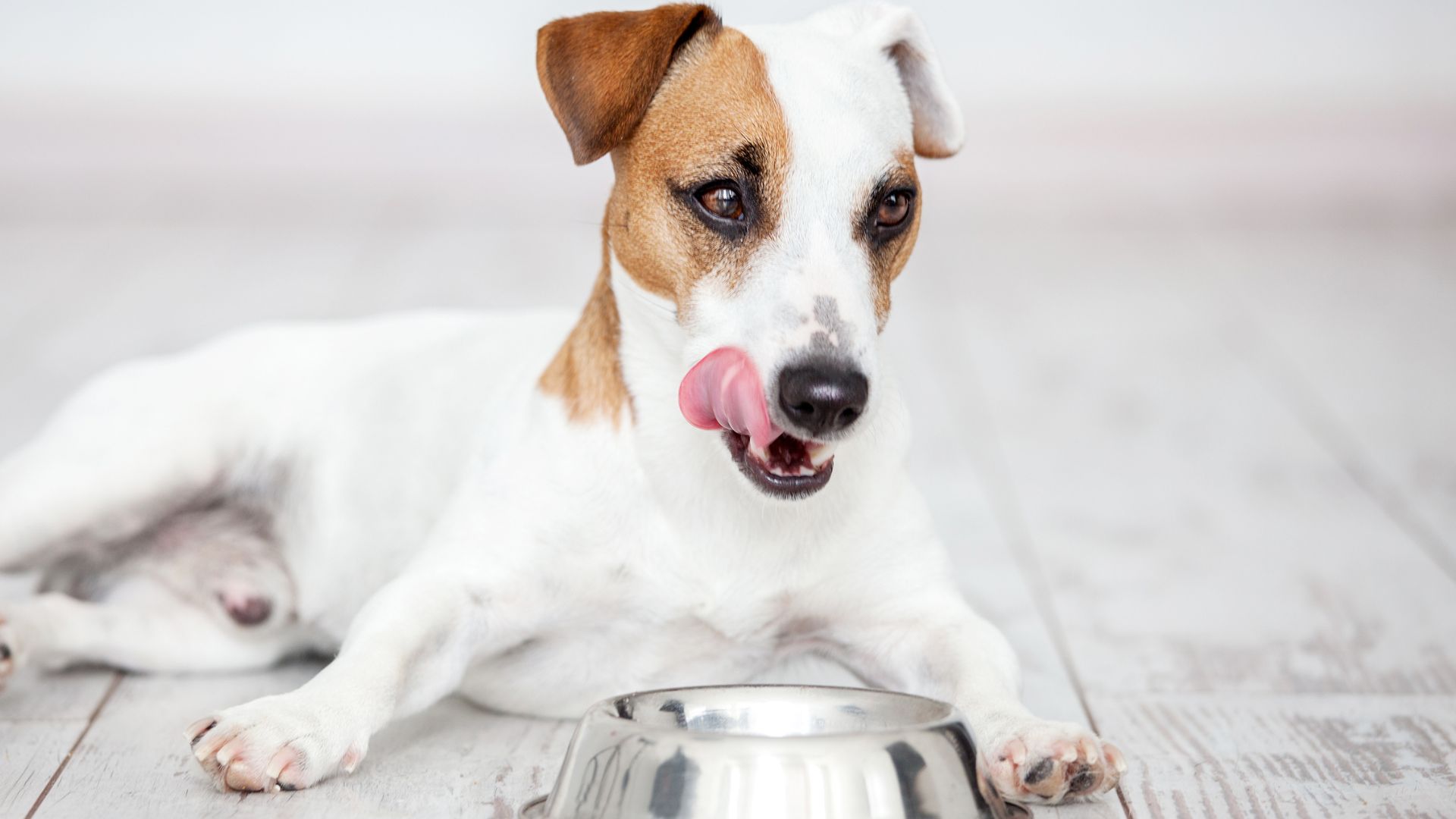
AllergiesGut HealthDigestion
Is My Dog a Carnivore or an Omnivore?
Aug 03 2023
•
8 mins 30 secs
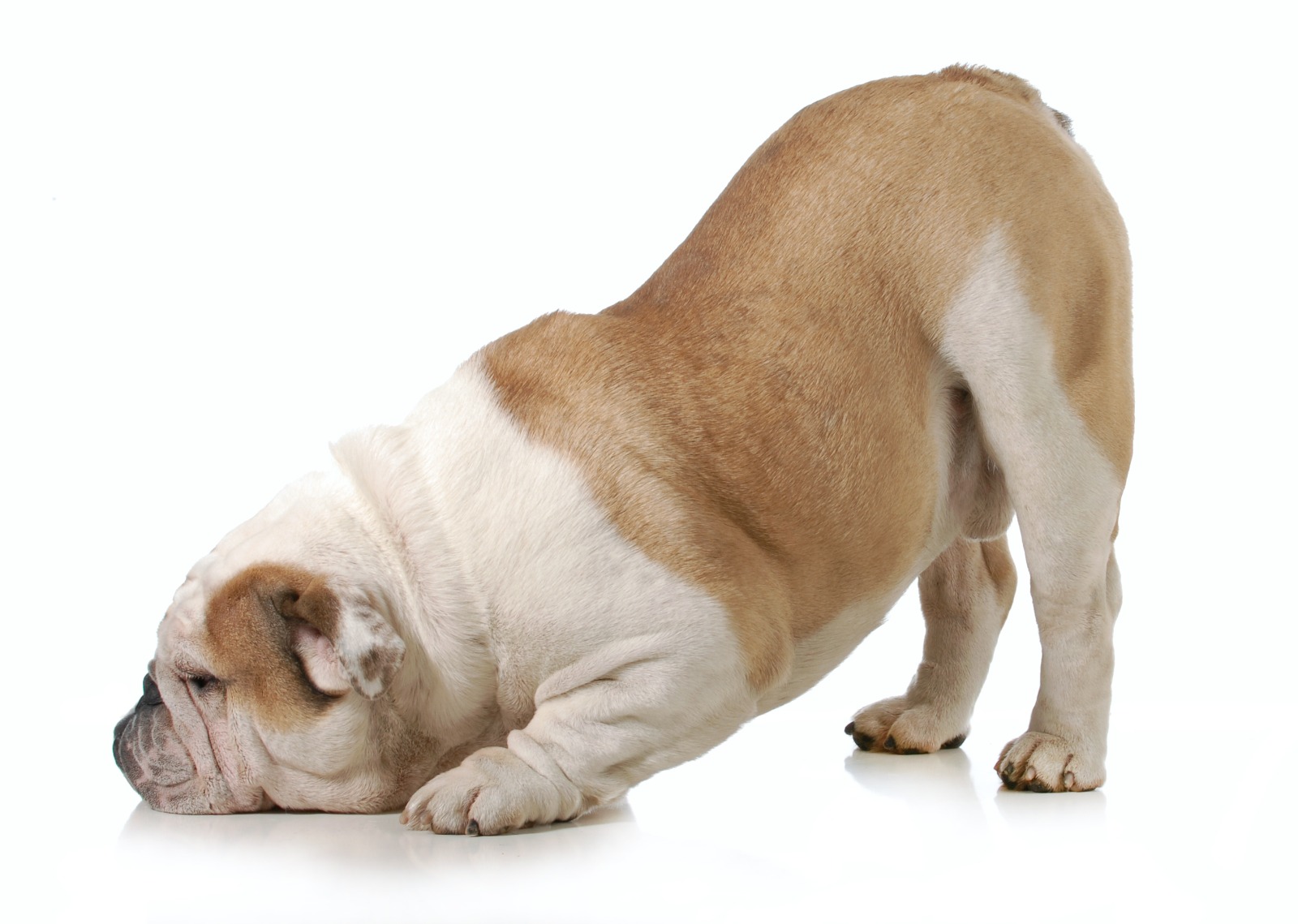
AllergiesGut HealthDigestion
Gallstones, and Why Your Dog Has Them
Jun 22 2023
•
6 mins 40 secs

AllergiesGut HealthDigestion
A Systems Approach to Digestive Health in Pets
May 31 2022
•
5 mins 44 secs

AllergiesGut HealthDigestion
Why Does My Dog Need Minerals – Part Two
Sep 23 2021
•
12 min read

AllergiesGut HealthDigestion
Why Does My Dog Need Minerals – Part One
Sep 22 2021
•
7 min read
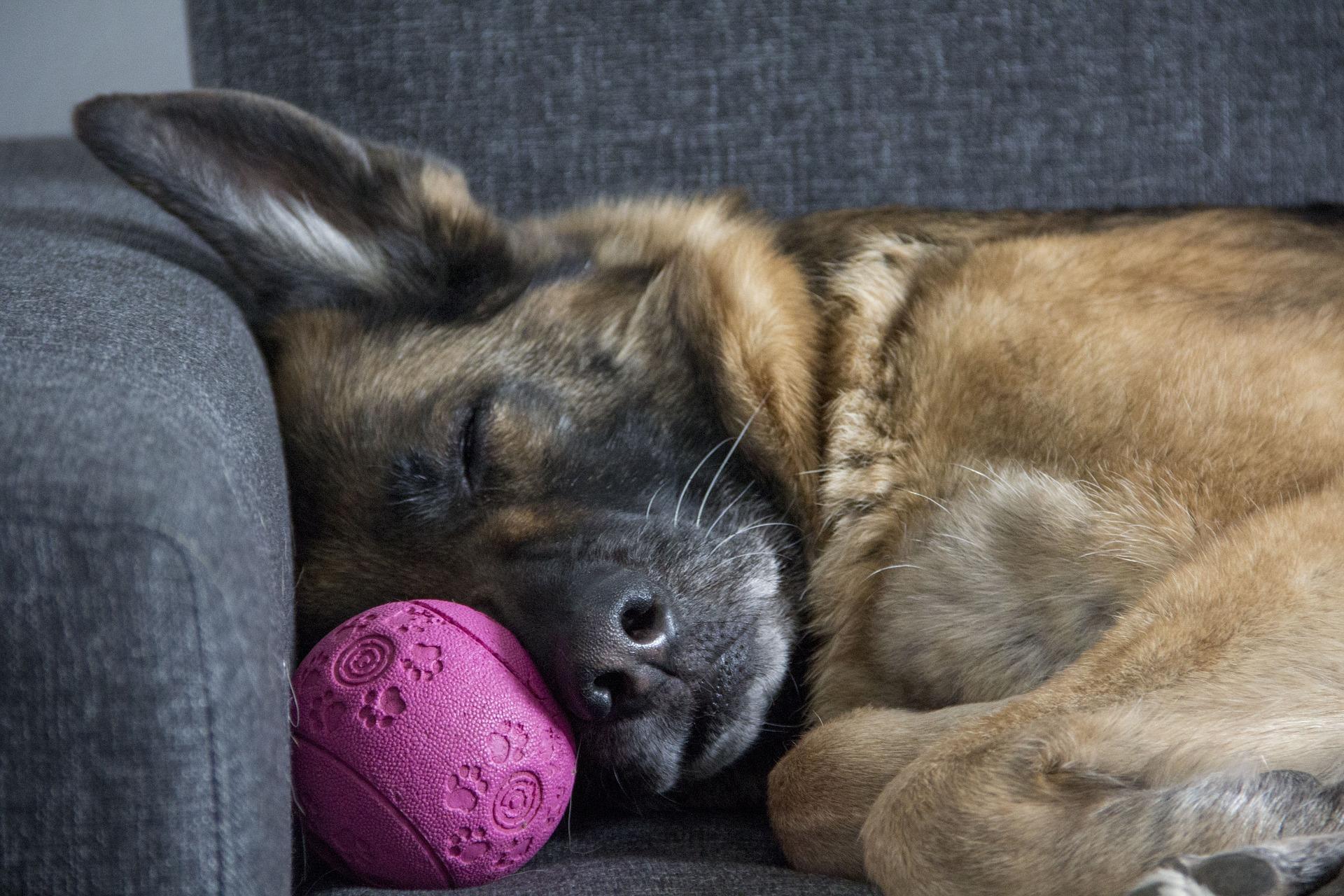
AllergiesGut HealthDigestion
Bacterial Overgrowth – More Common Than You Think
Aug 04 2021
•
6 min read
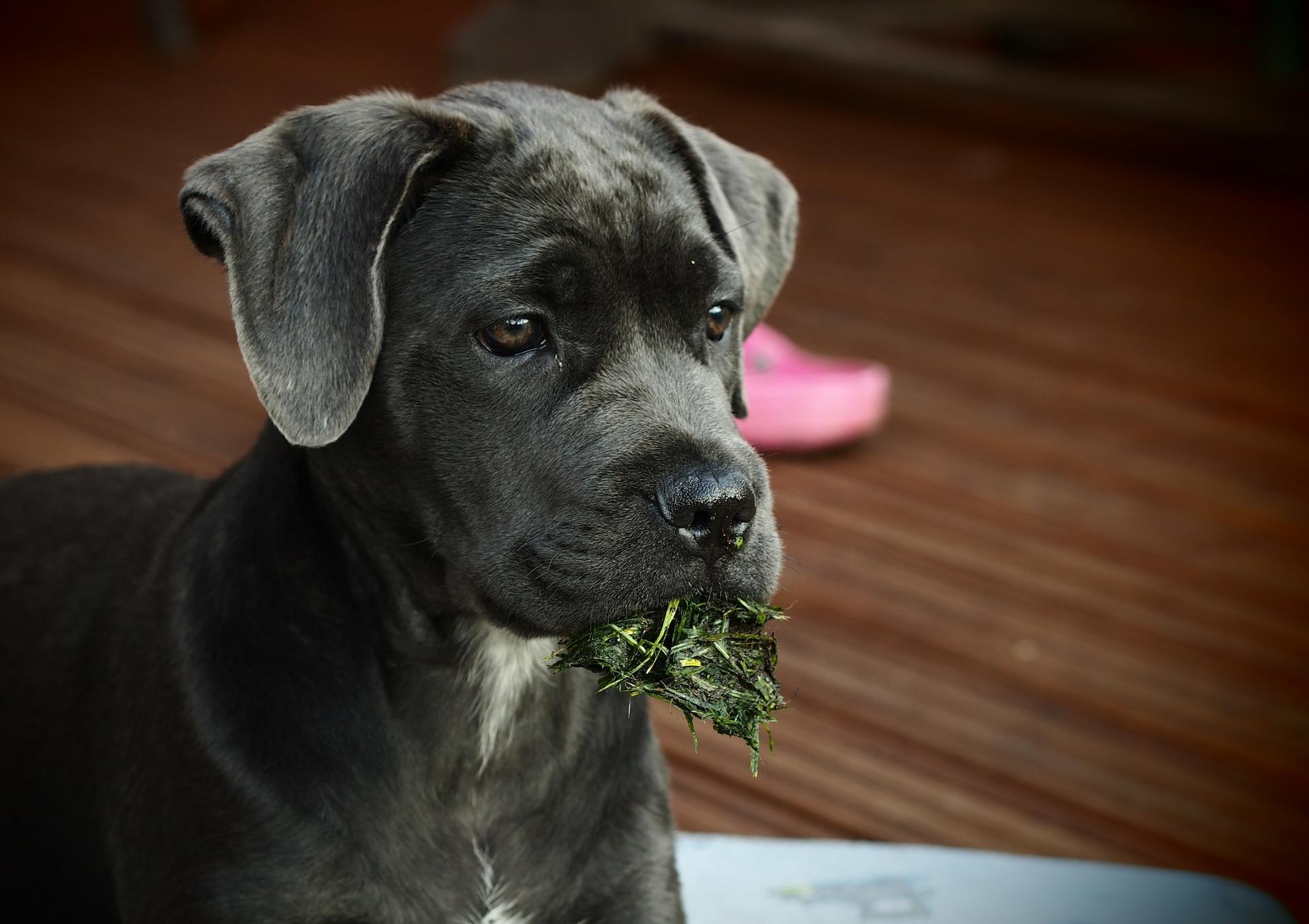
AllergiesGut HealthDigestion
My Pet Eats Grass, Should I be Worried?
Jul 27 2021
•
5 min read
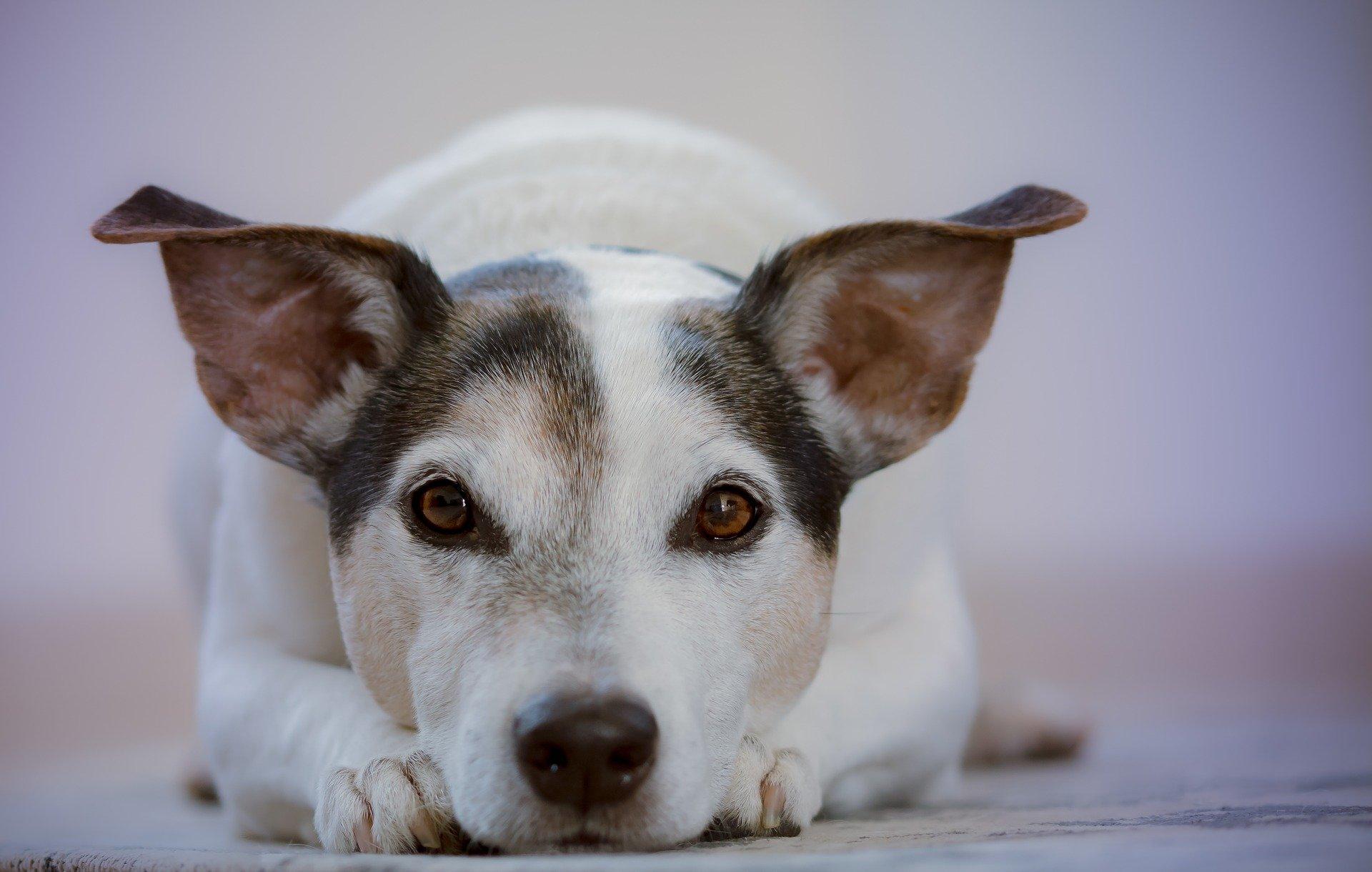
AllergiesGut HealthDigestion
Can Stress Affect My Dog’s Digestive System?
Jul 26 2021
•
8 min read
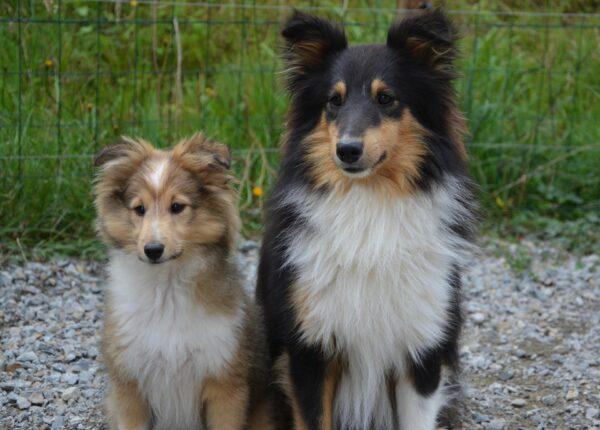
AllergiesGut HealthDigestion
What Can Go Wrong with My Dog’s Gallbladder?
Jul 21 2021
•
5 min read
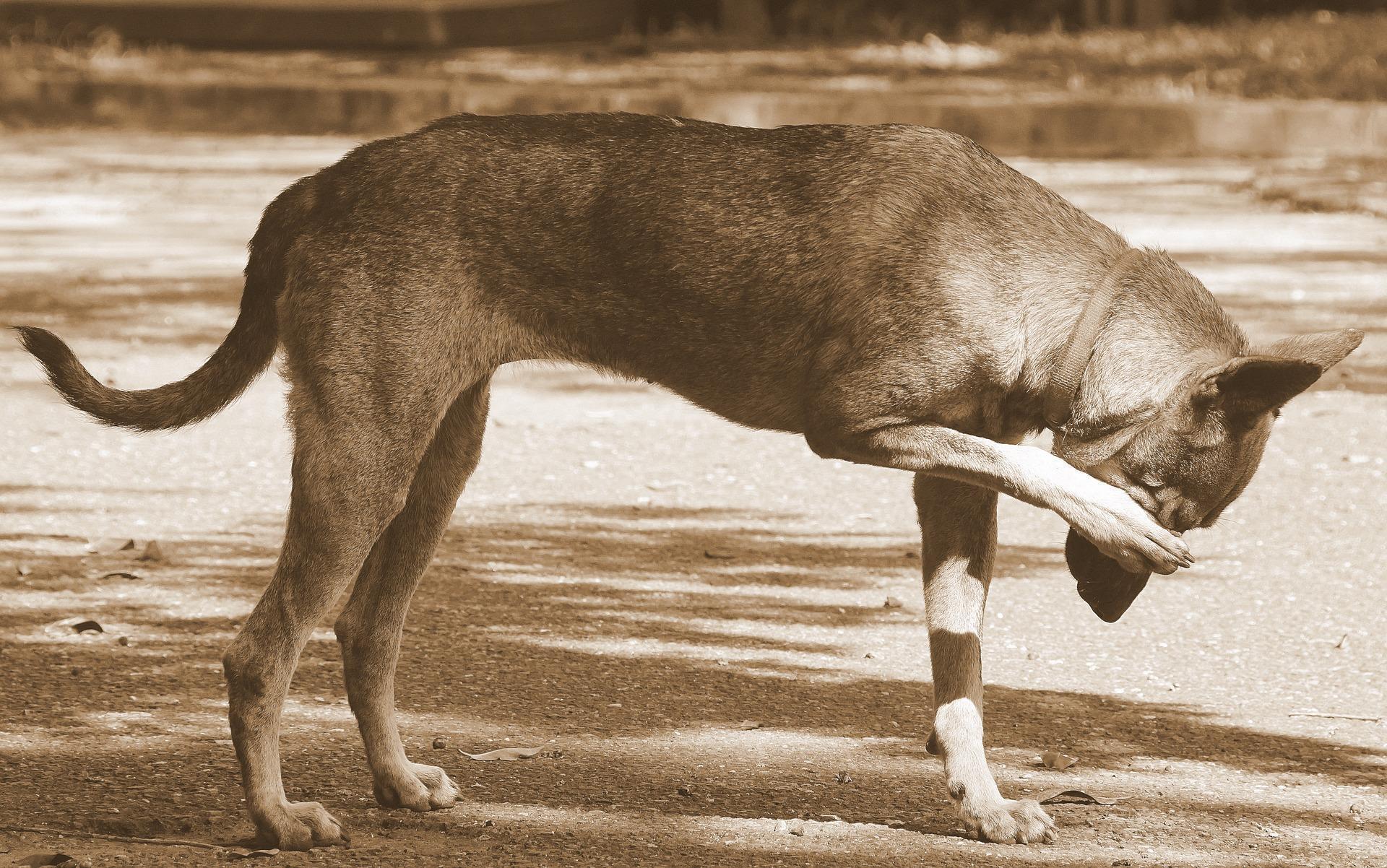
AllergiesGut HealthDigestion
A Brief Guide to Histamine Intolerance for Dogs
Jul 13 2021
•
4 min read
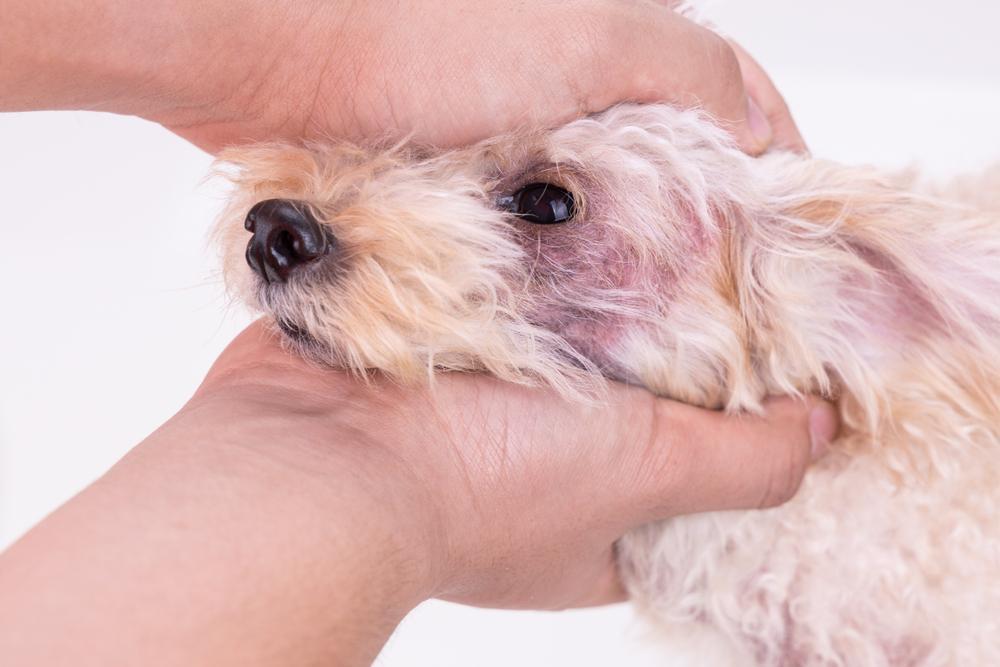
AllergiesGut HealthDigestion
Can Genes Result in Poor Skin Function?
Mar 03 2021
•
8 min read

AllergiesGut HealthDigestion
5 Reasons Why Your Dog May Have Diarrhoea
Jan 07 2021
•
6 min read
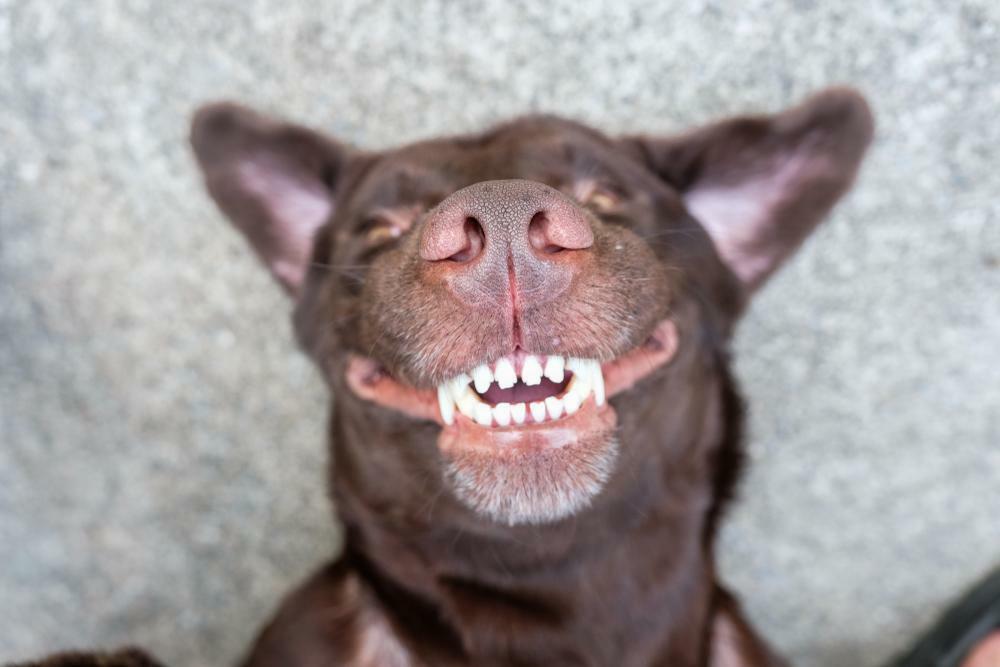
AllergiesGut HealthDigestion
5 Reasons Your Dog May Have Bad Breath
Nov 30 2020
•
7 min read
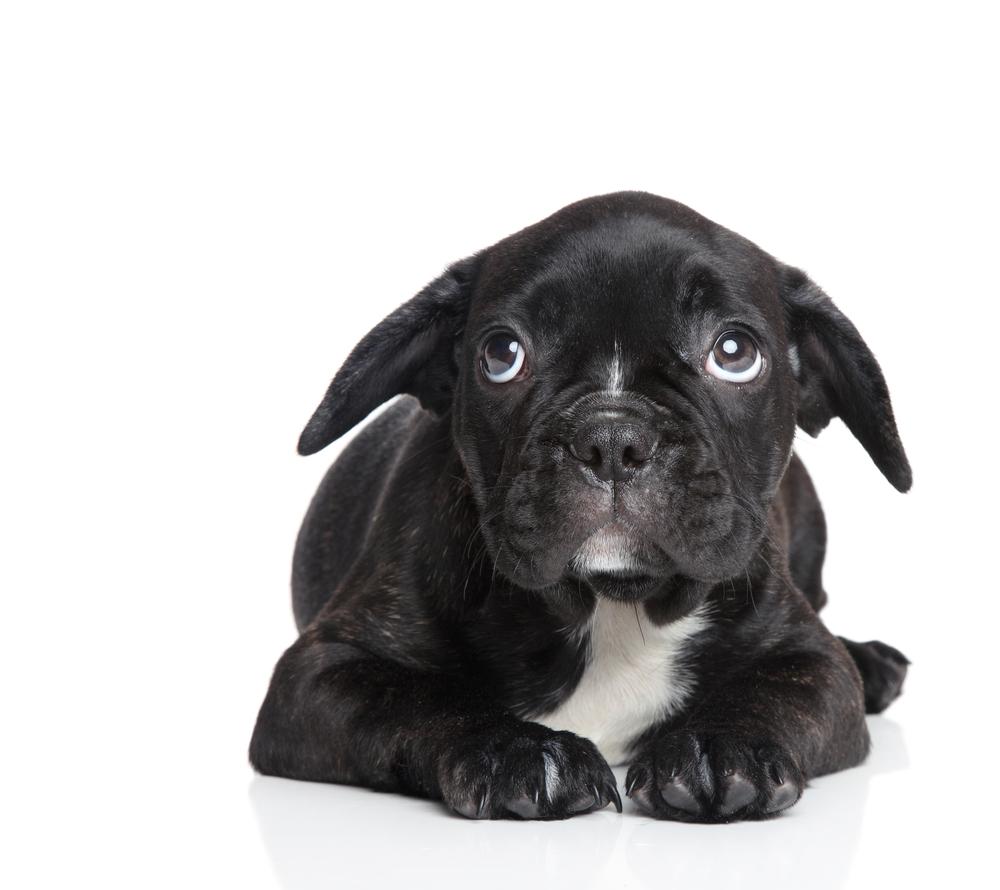
AllergiesGut HealthDigestion
6 Nutritional Tips for Your Anxious Dog
Nov 02 2020
•
9 min read
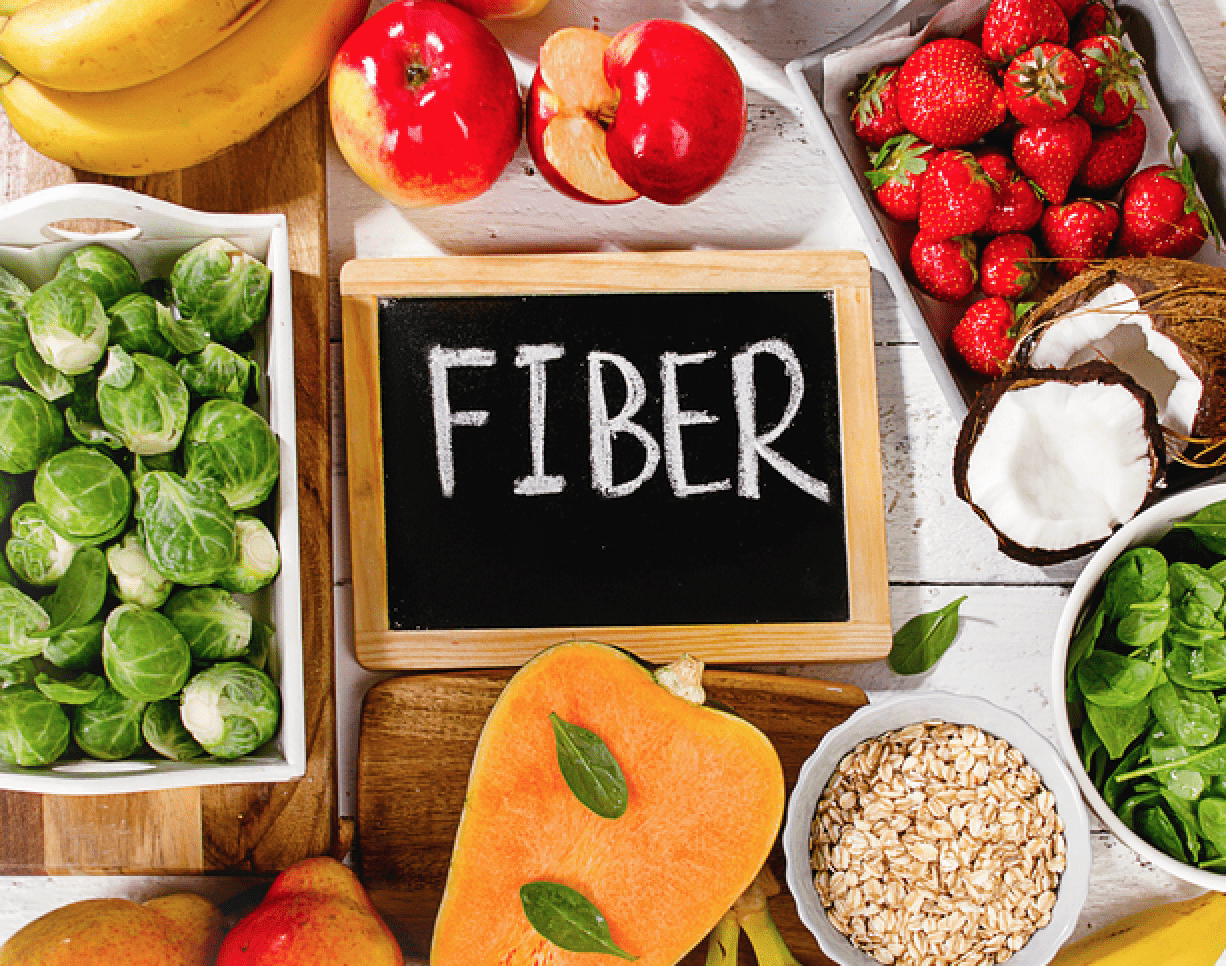
AllergiesGut HealthDigestion
5 Reasons Why Fibre is Your Dog’s Best Friend
Oct 28 2020
•
7 min read

AllergiesGut HealthDigestion
Why Probiotics Are Good For You And Your Dog
Oct 20 2020
•
8 min read
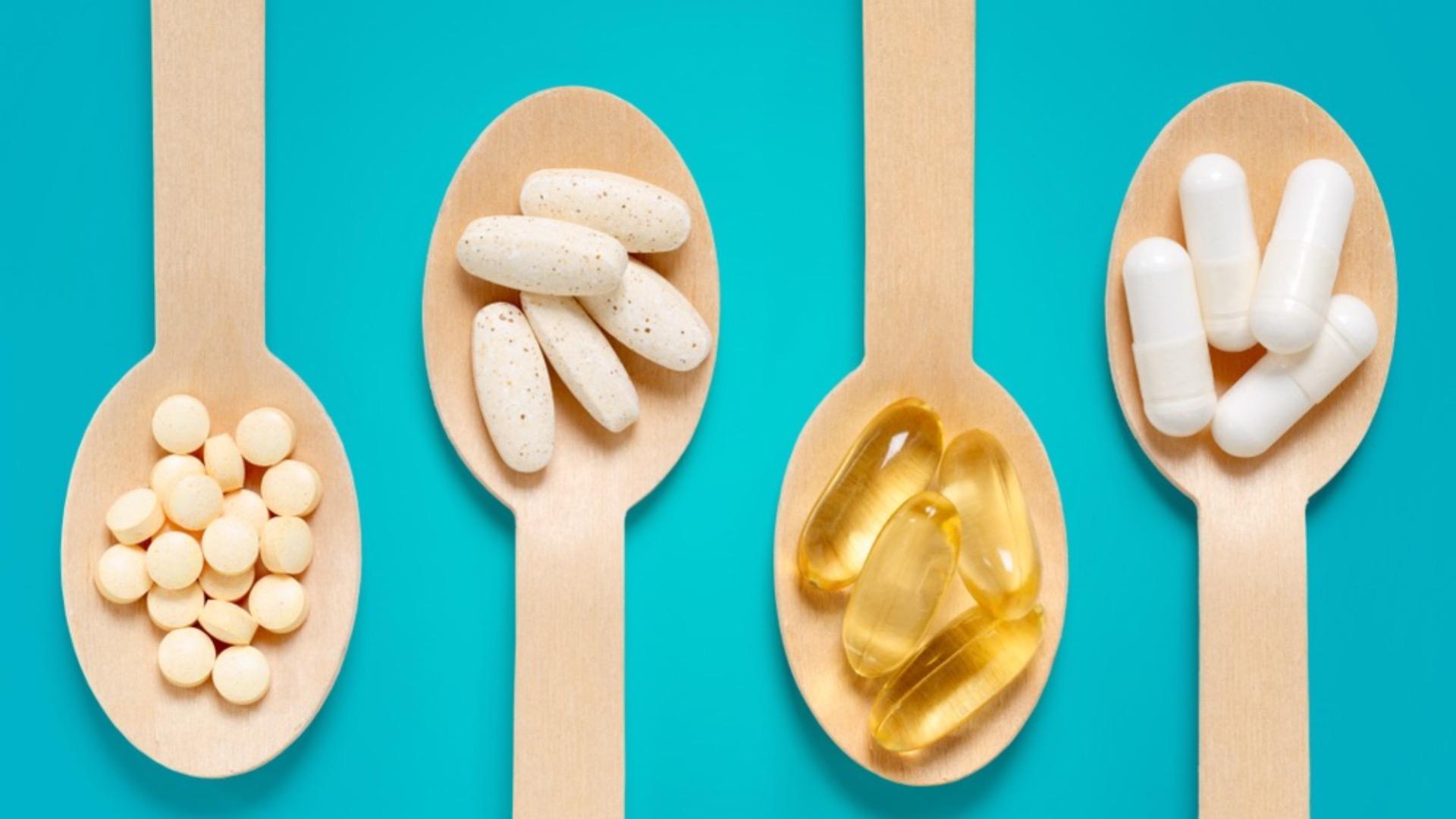
AllergiesGut HealthDigestion
Does My Dog Have a Vitamin Deficiency?
May 04 2020
•
15 min read
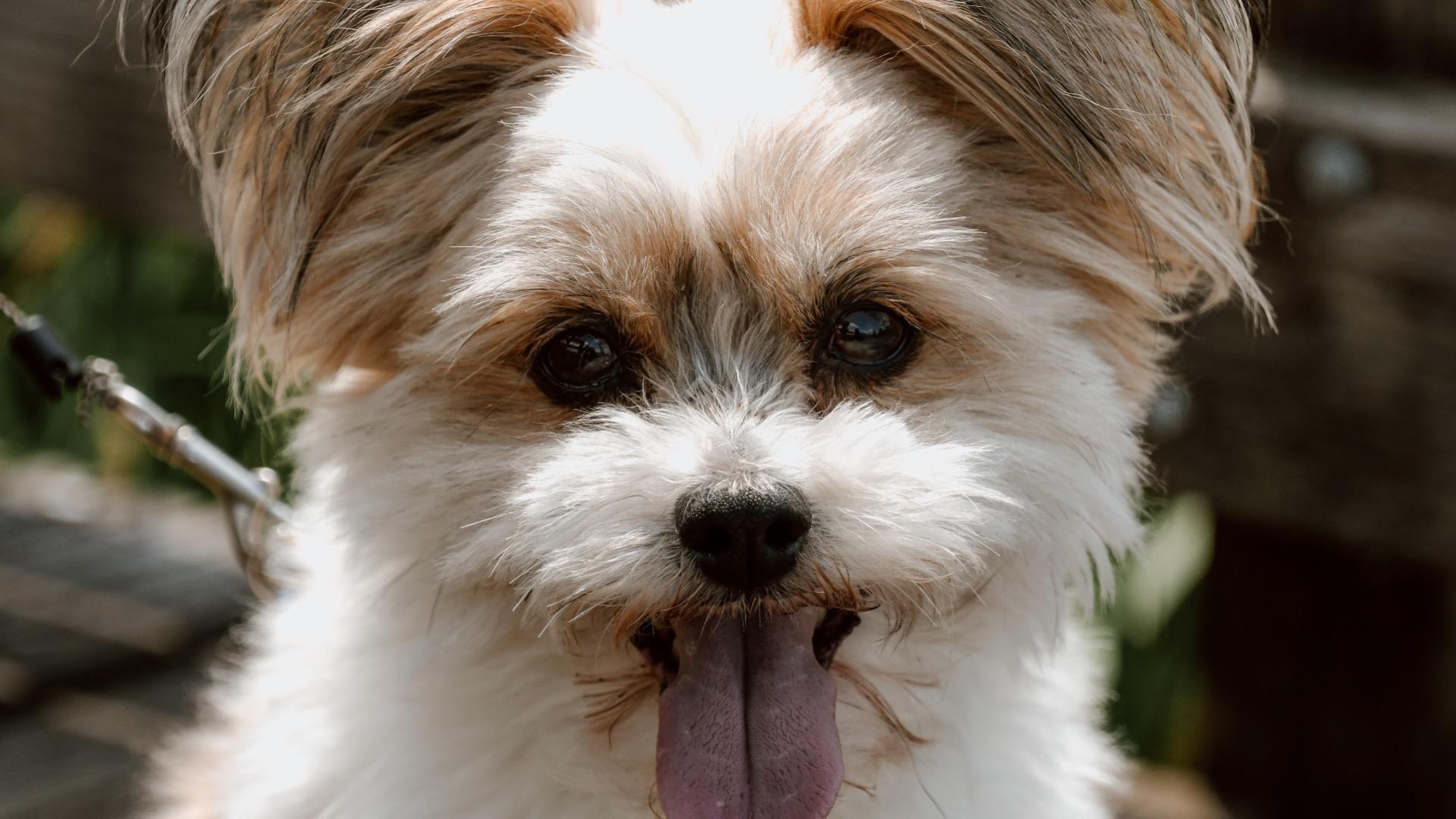
AllergiesGut HealthDigestion
Natural Guide for Pets: Inflammatory Bowel Disease
Apr 06 2020
•
8 min read

AllergiesGut HealthDigestion
Natural Guide for Acid Reflux in Dogs
Mar 31 2020
•
8 min read
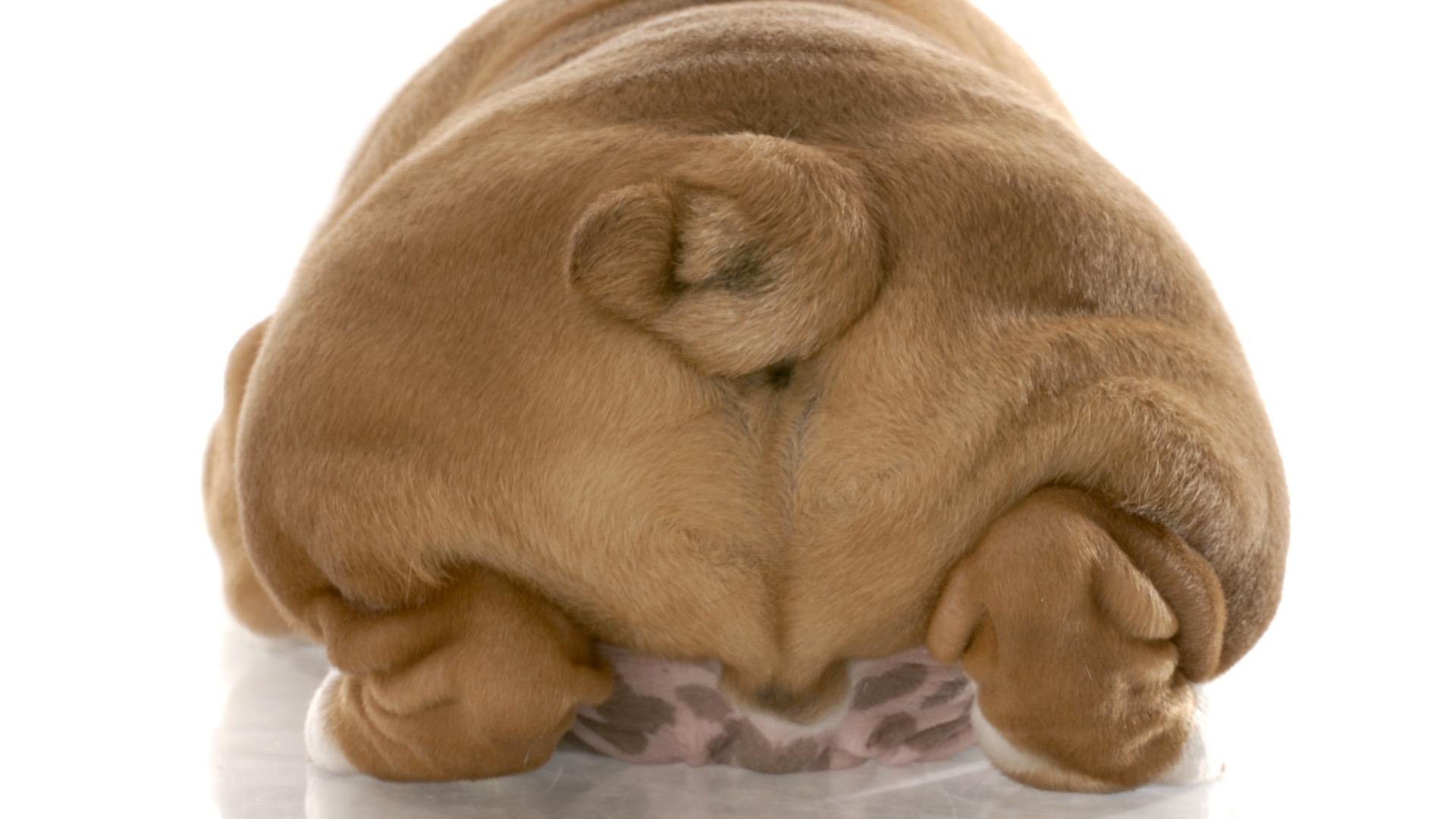
AllergiesGut HealthDigestion
The 4 Corner Stones for Healthy Anal Glands, Naturally
Mar 27 2020
•
10 min read
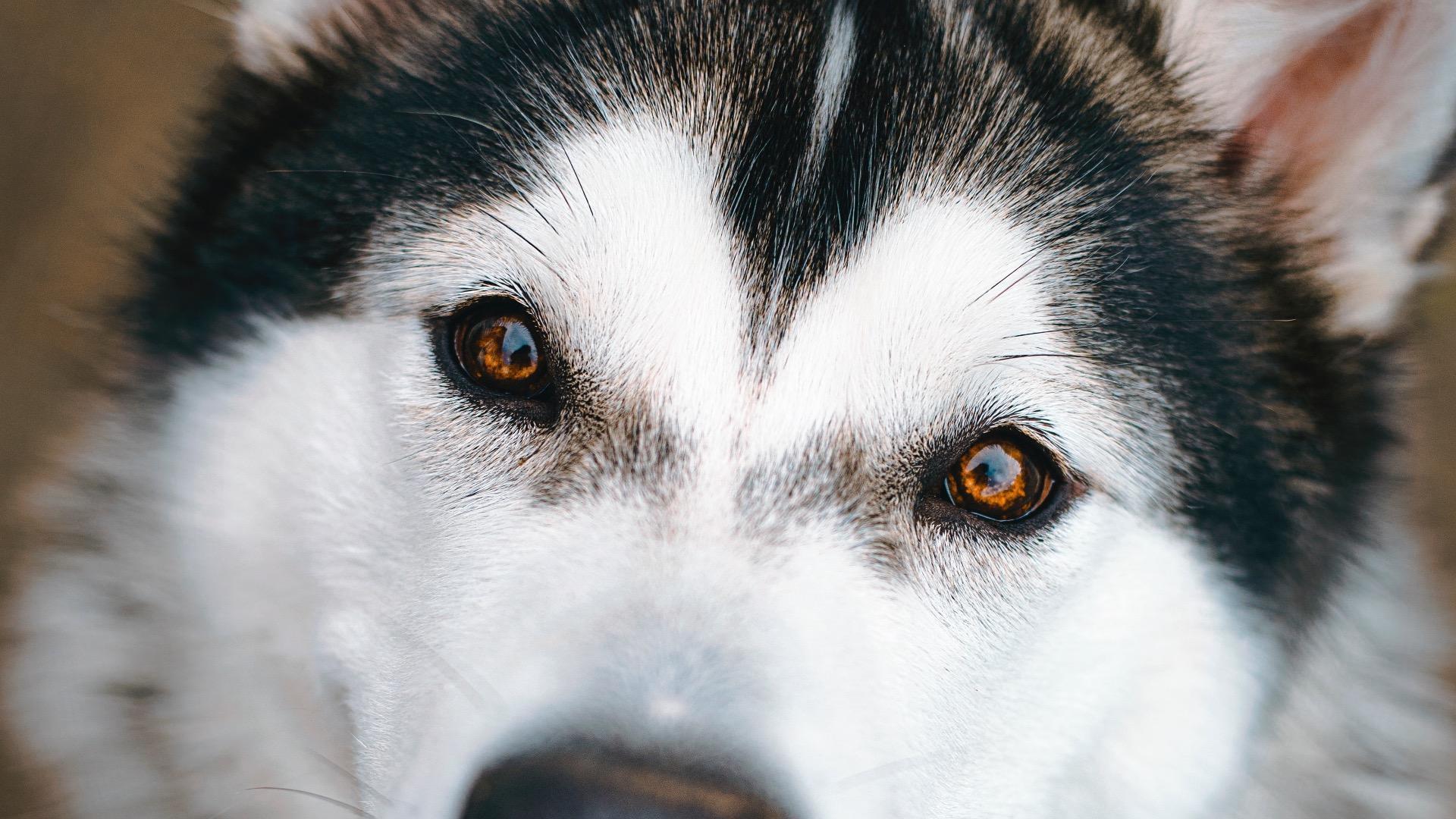
AllergiesGut HealthDigestion
7 Steps to Optimal Gut Health for Pets
Mar 13 2020
•
8 min read

AllergiesGut HealthDigestion
7 Top Reasons to use Clay in your Dog’s Diet Regime
Feb 20 2020
•
5 min read
✕




